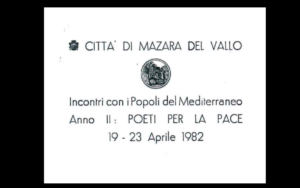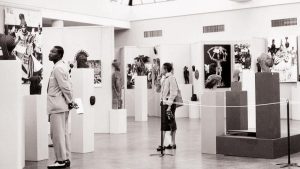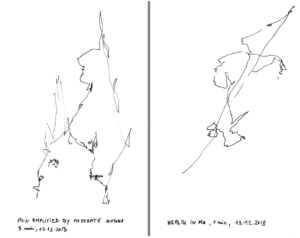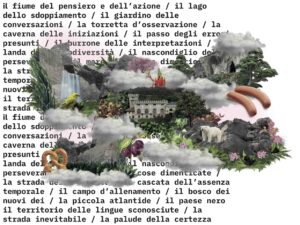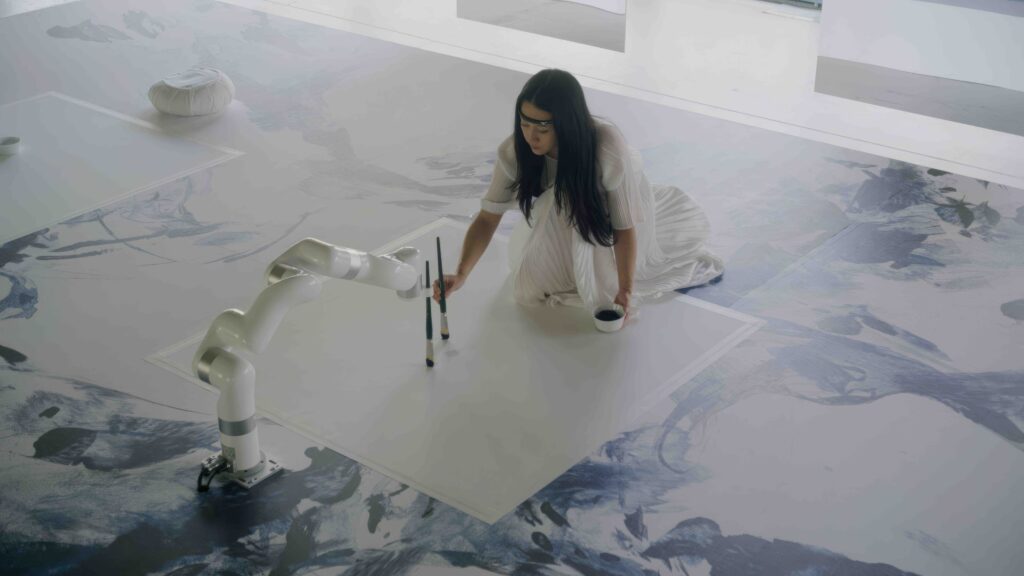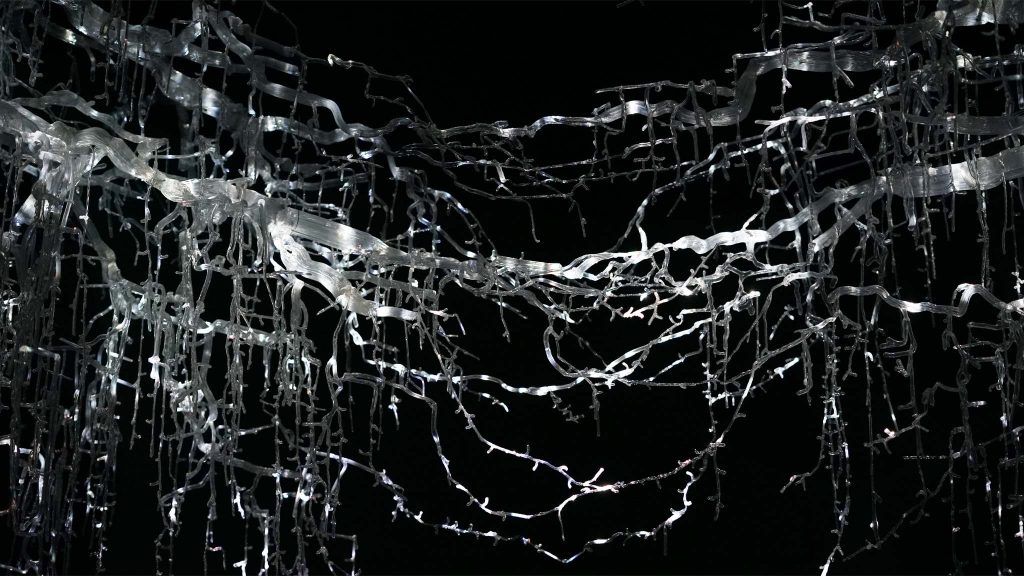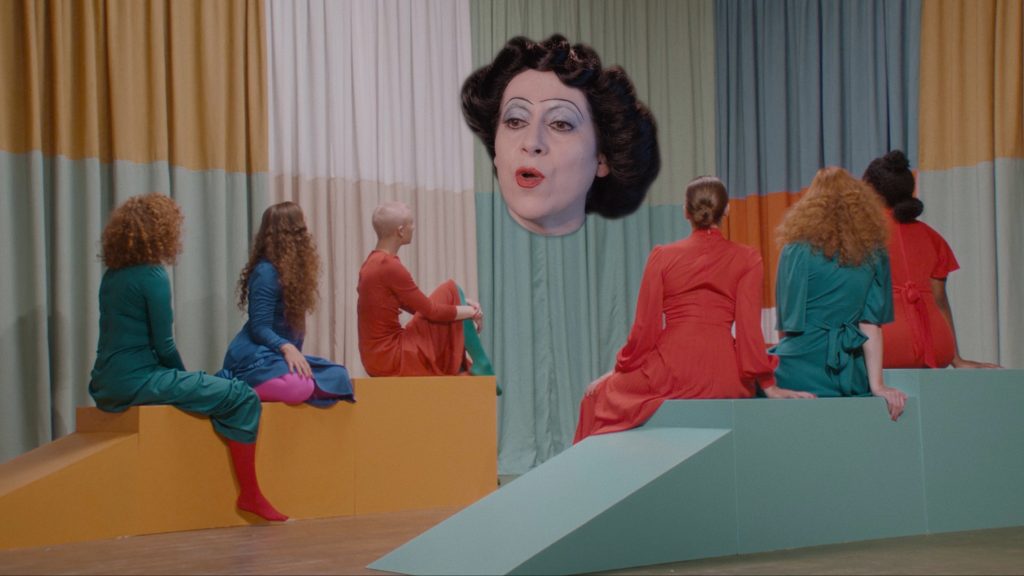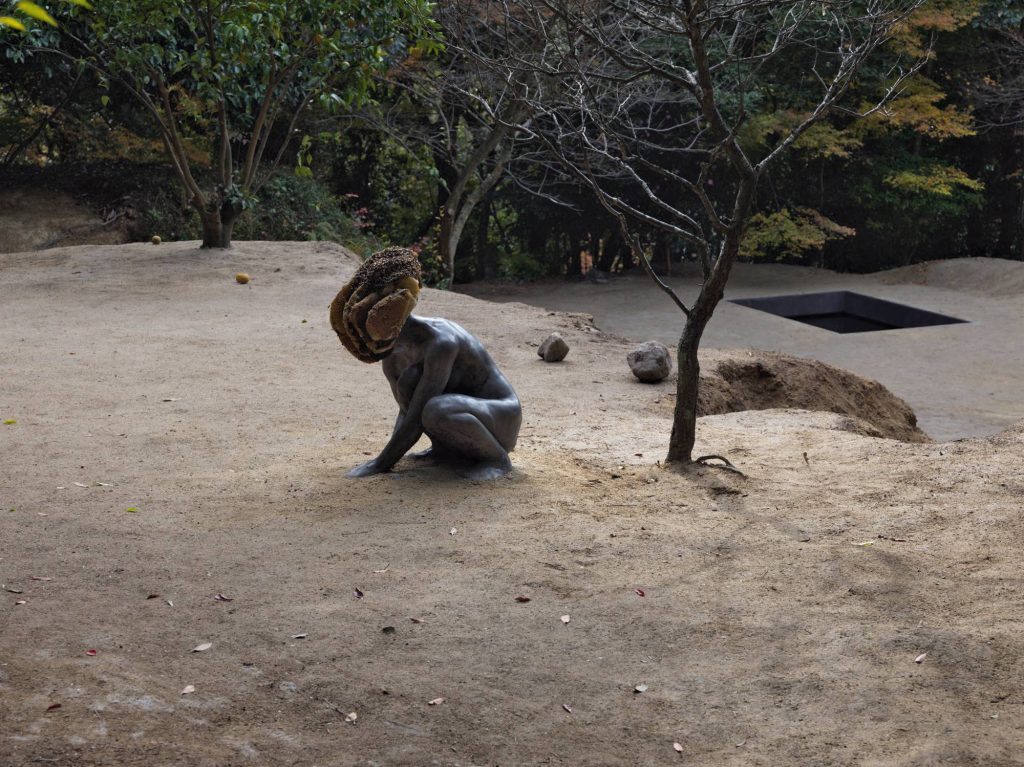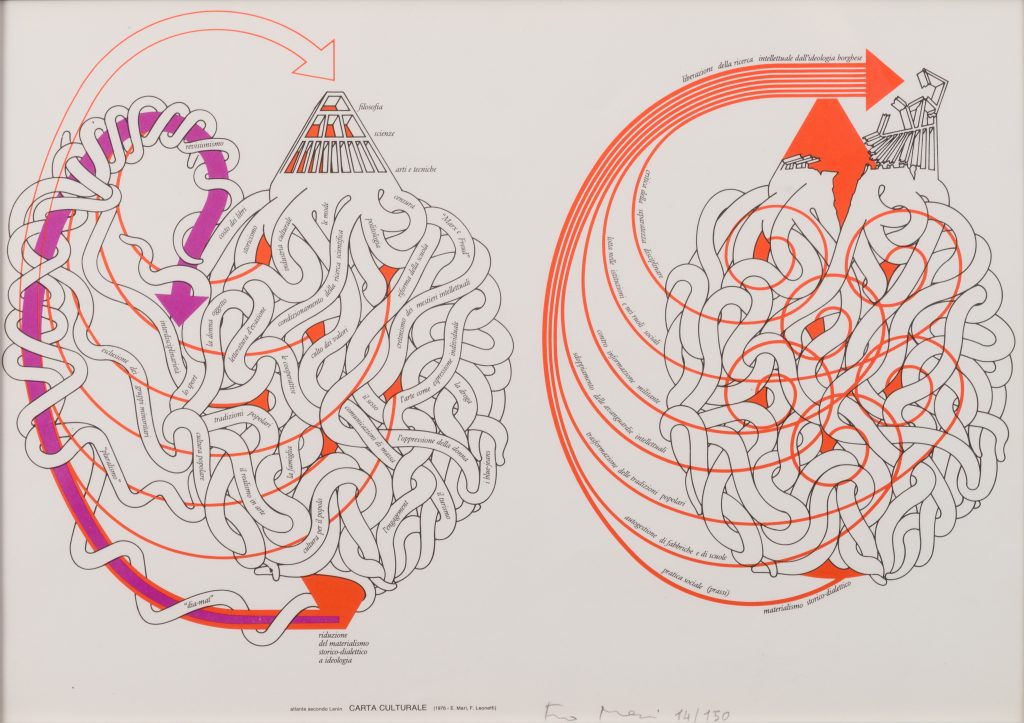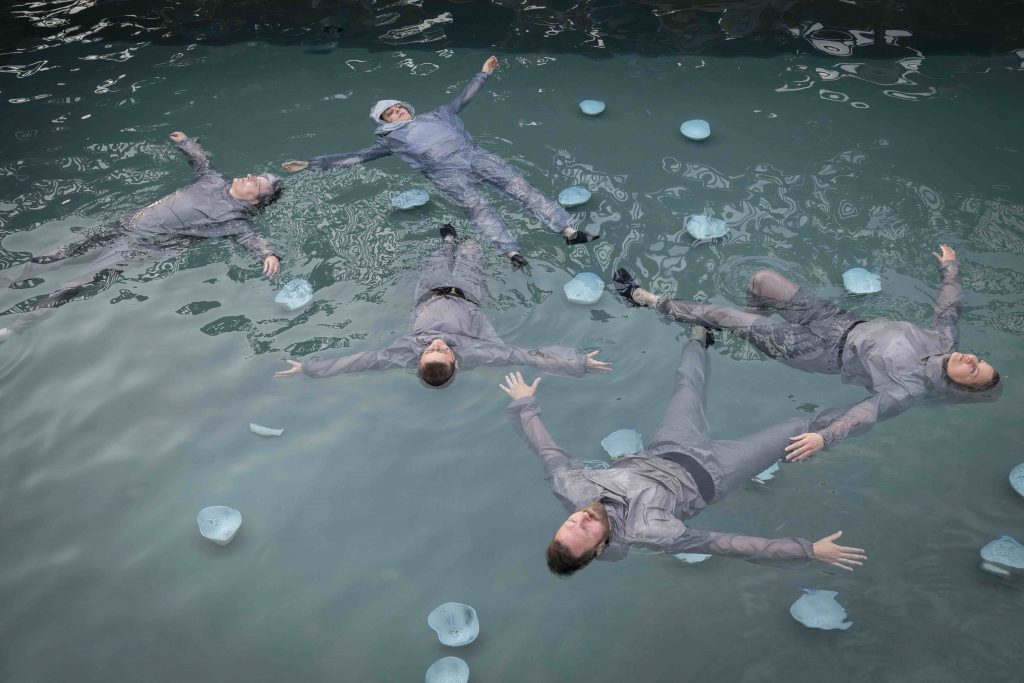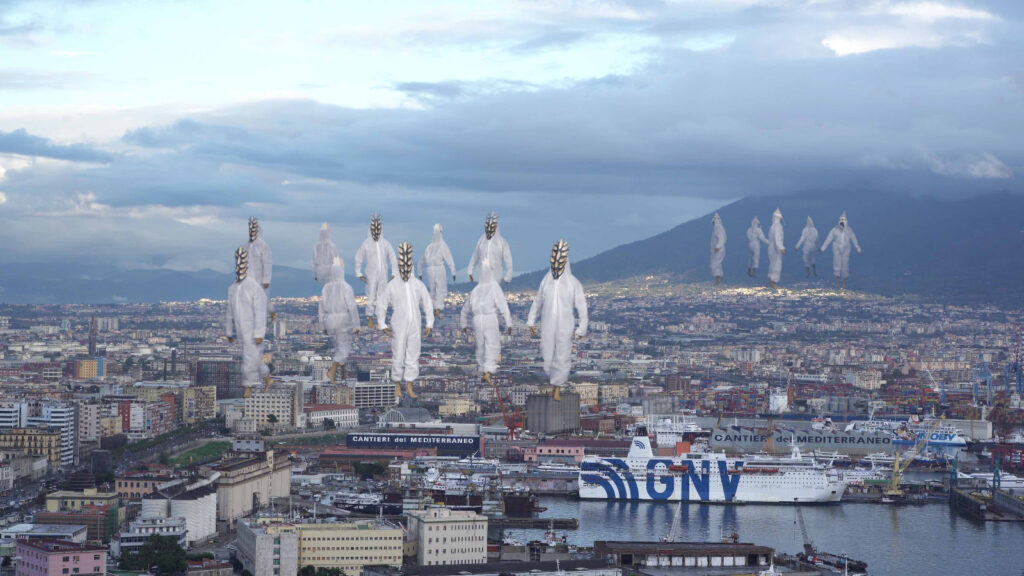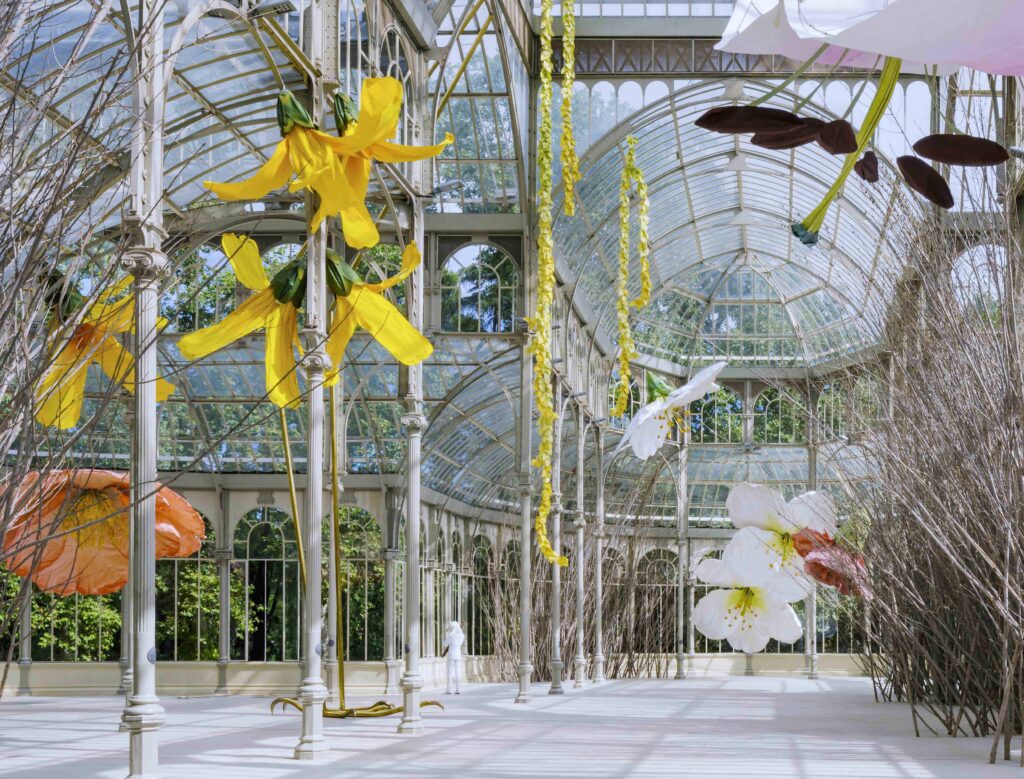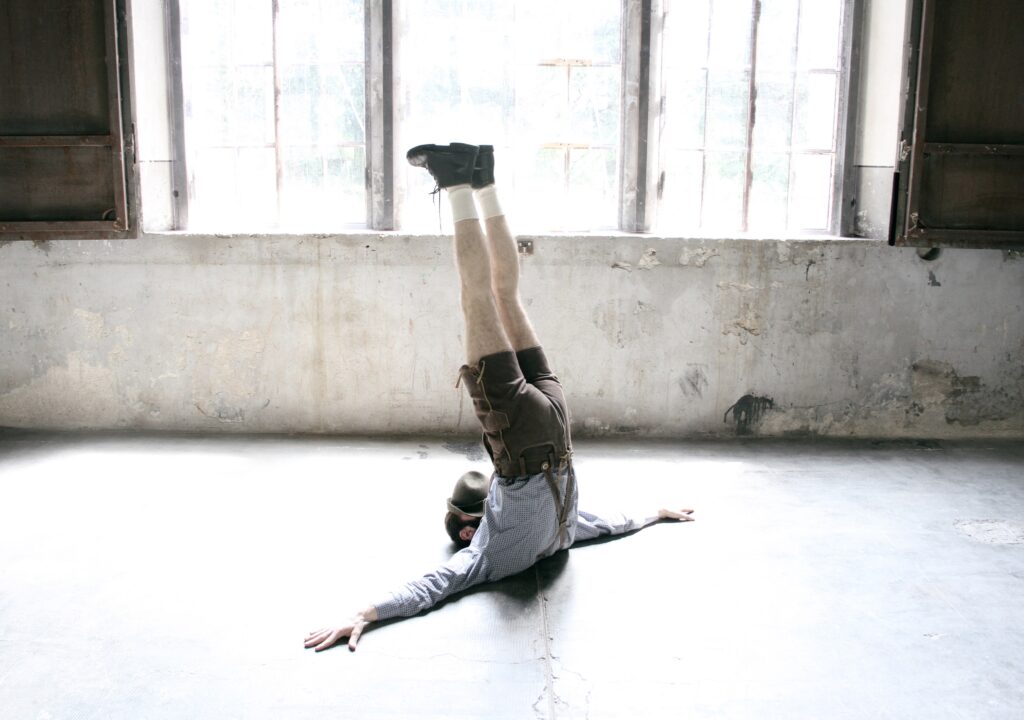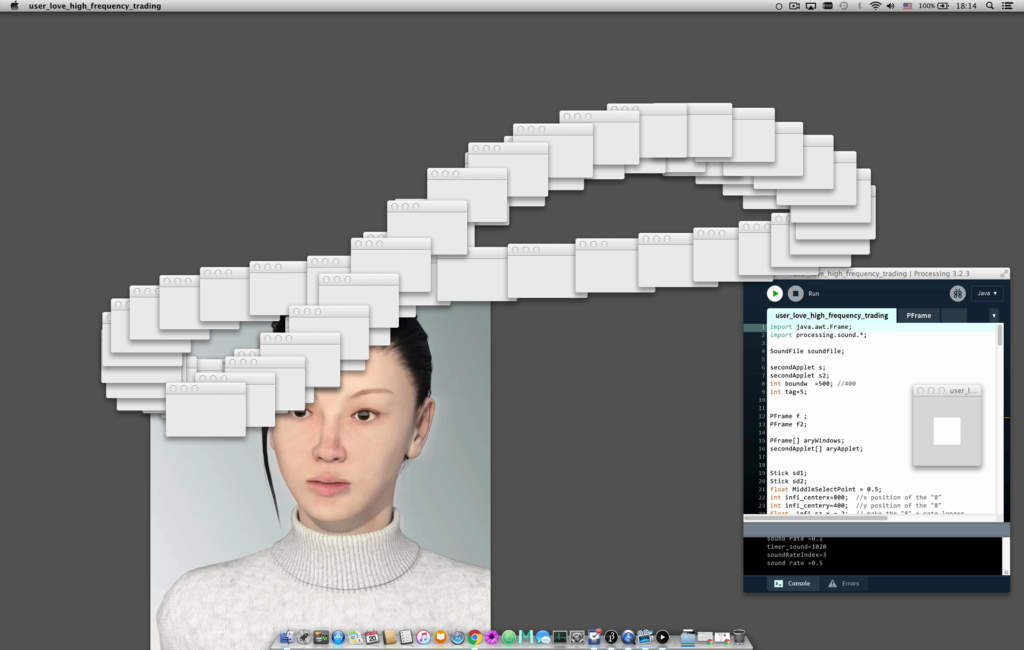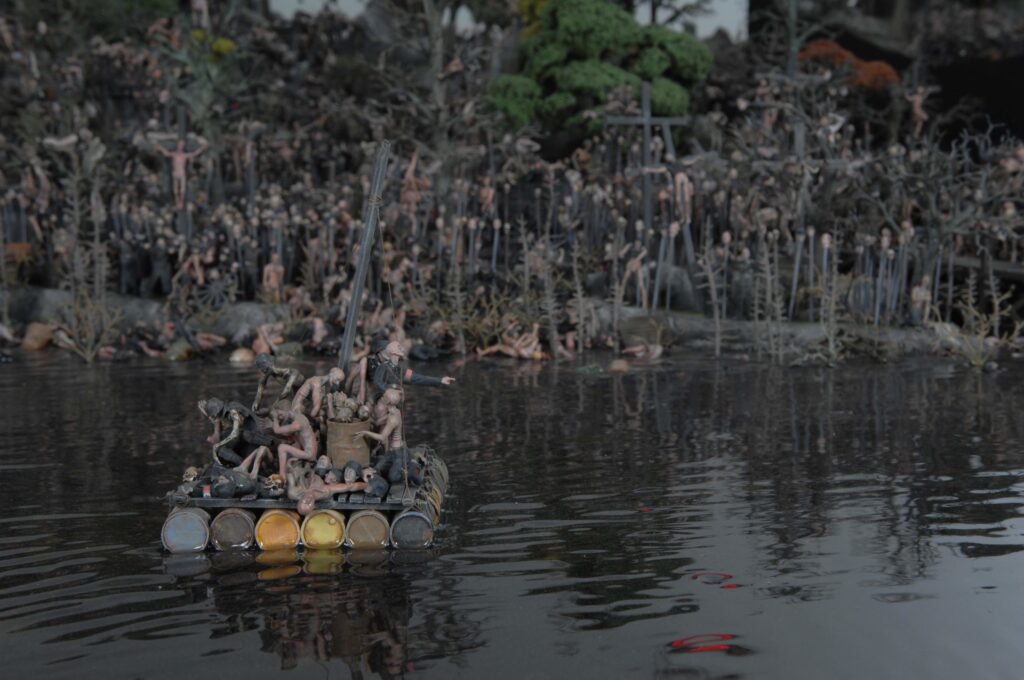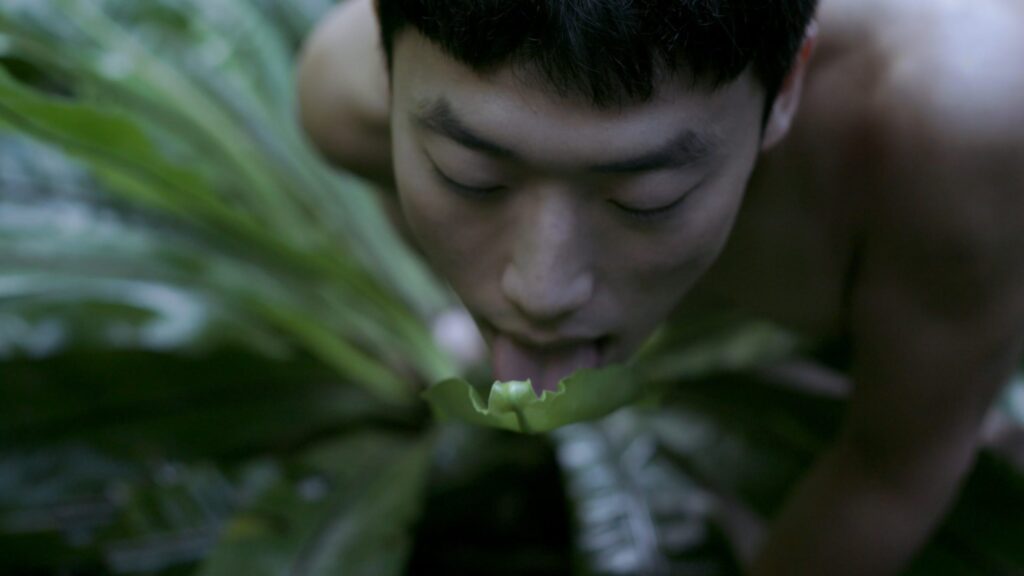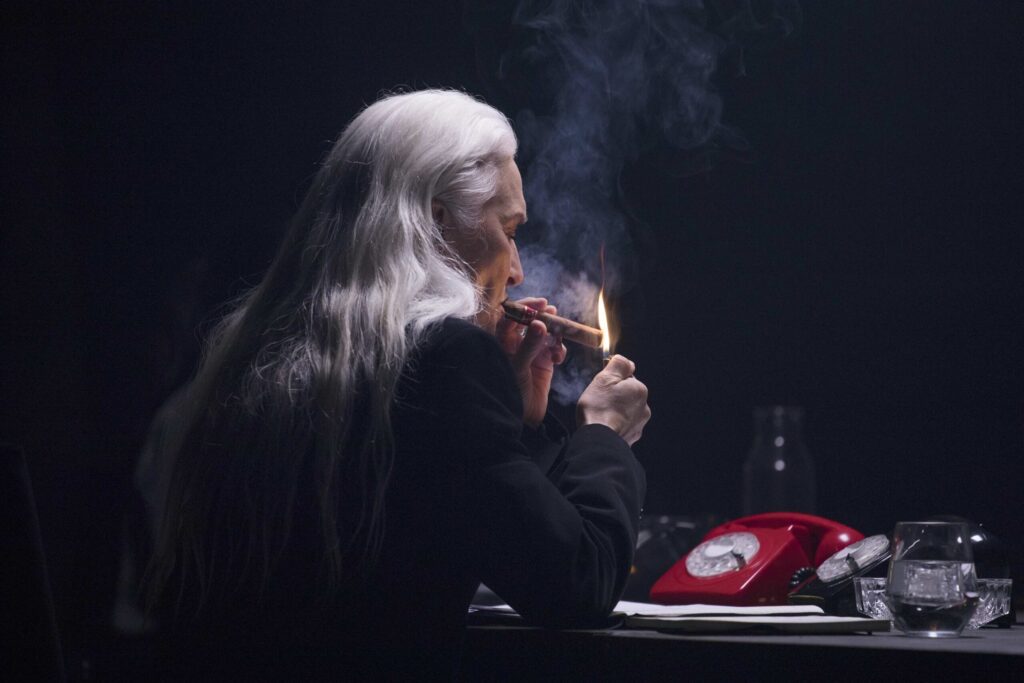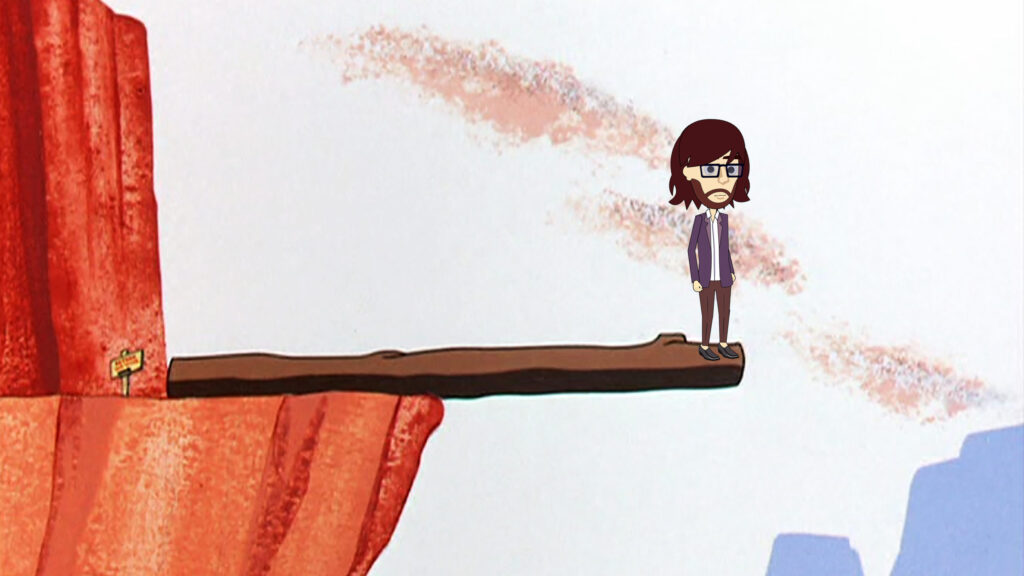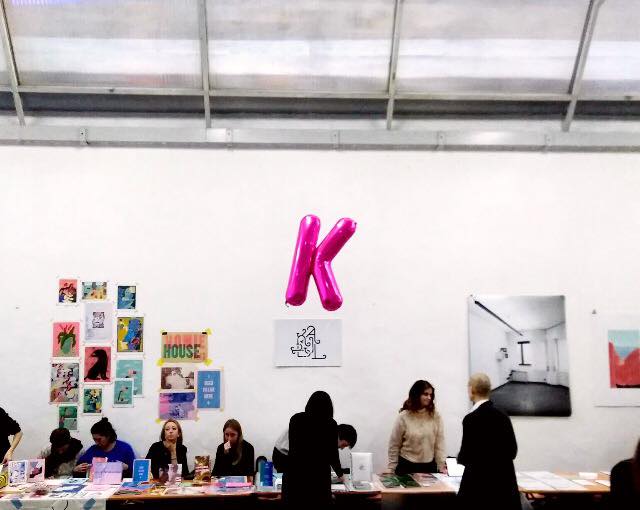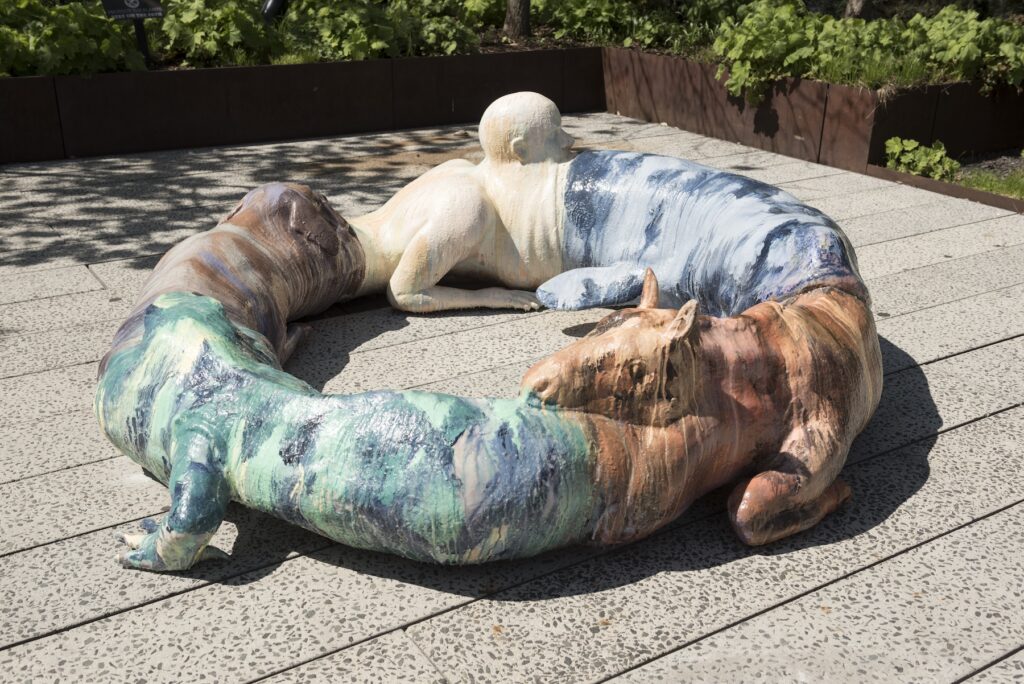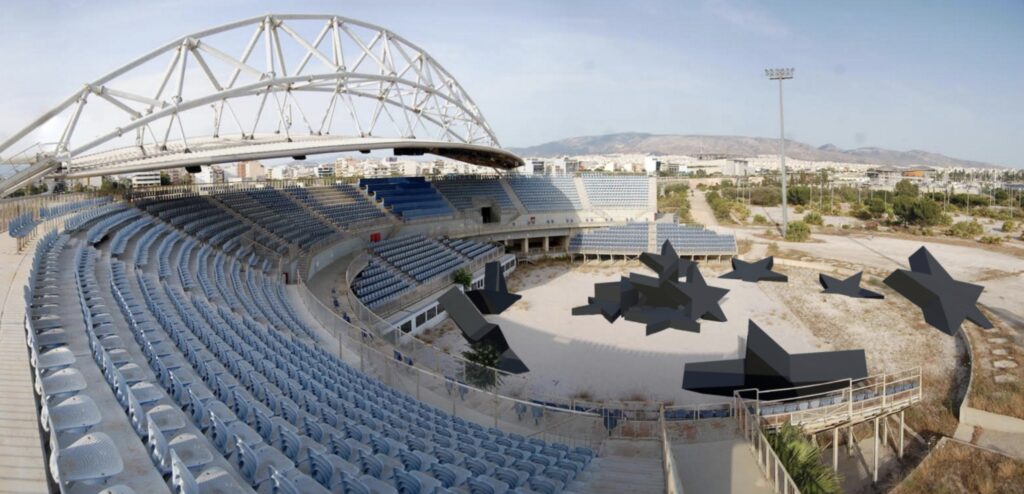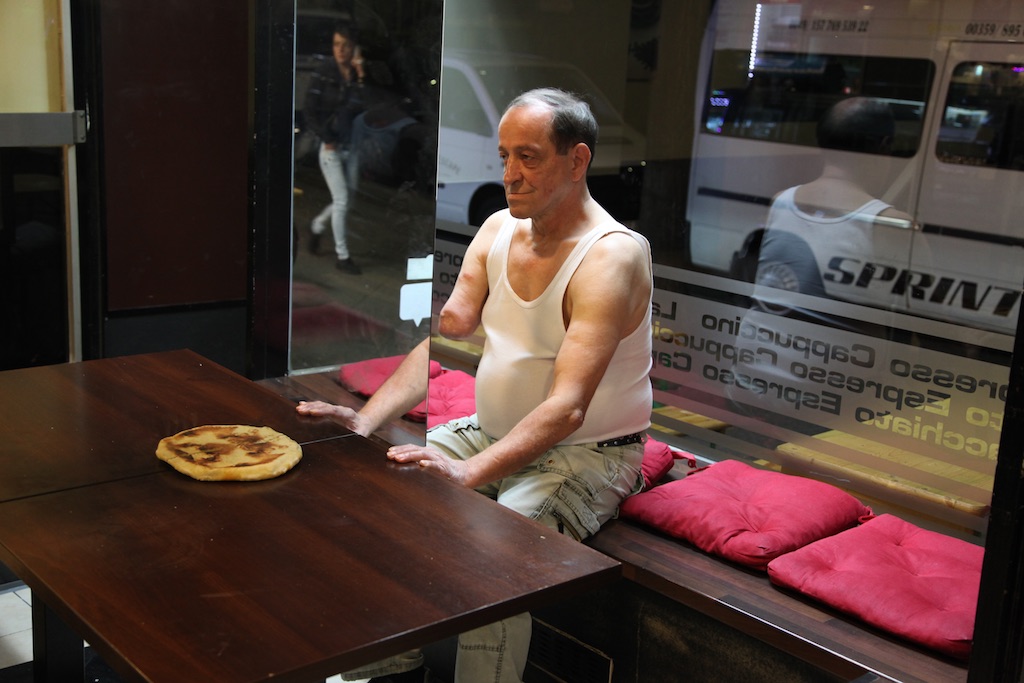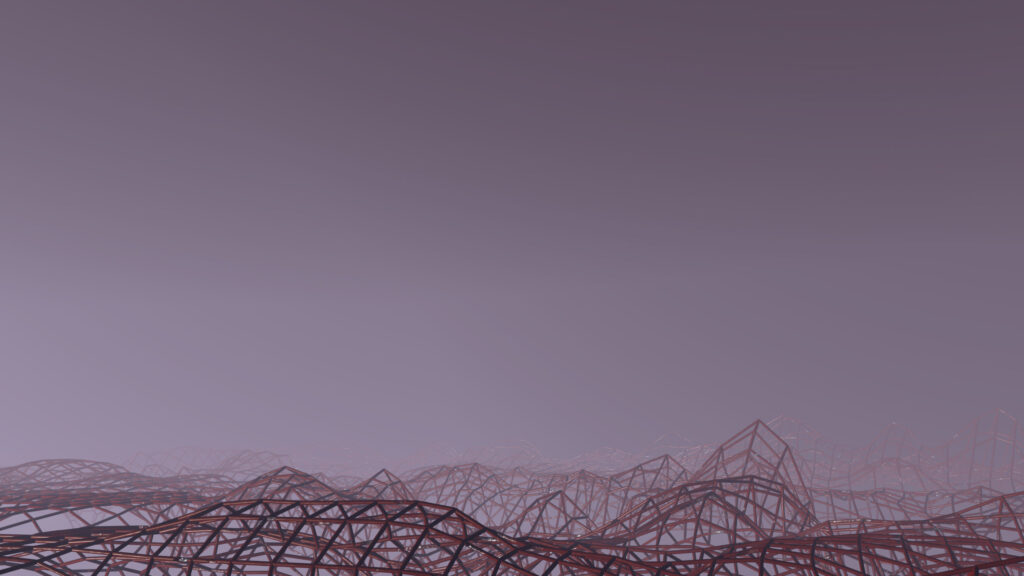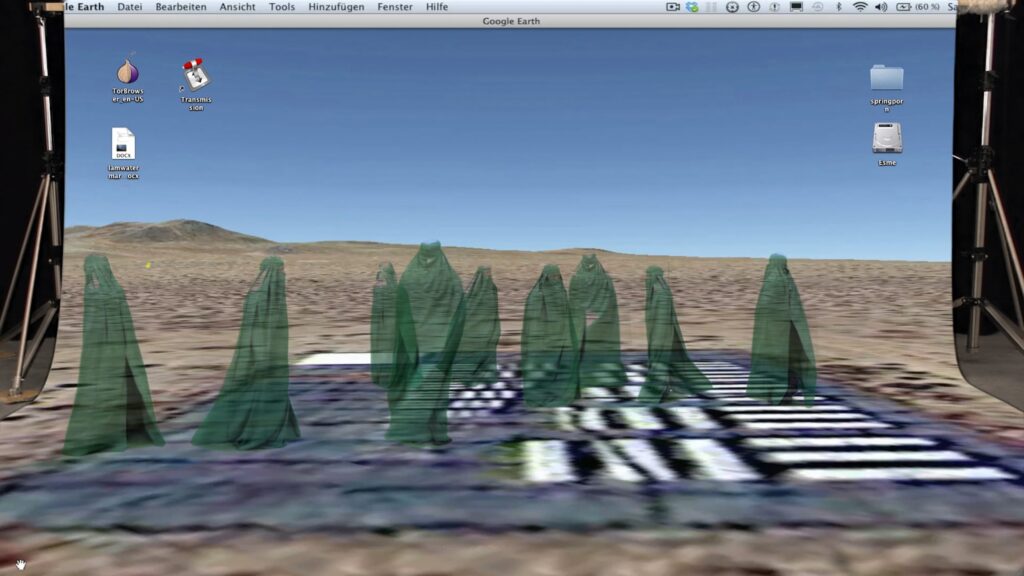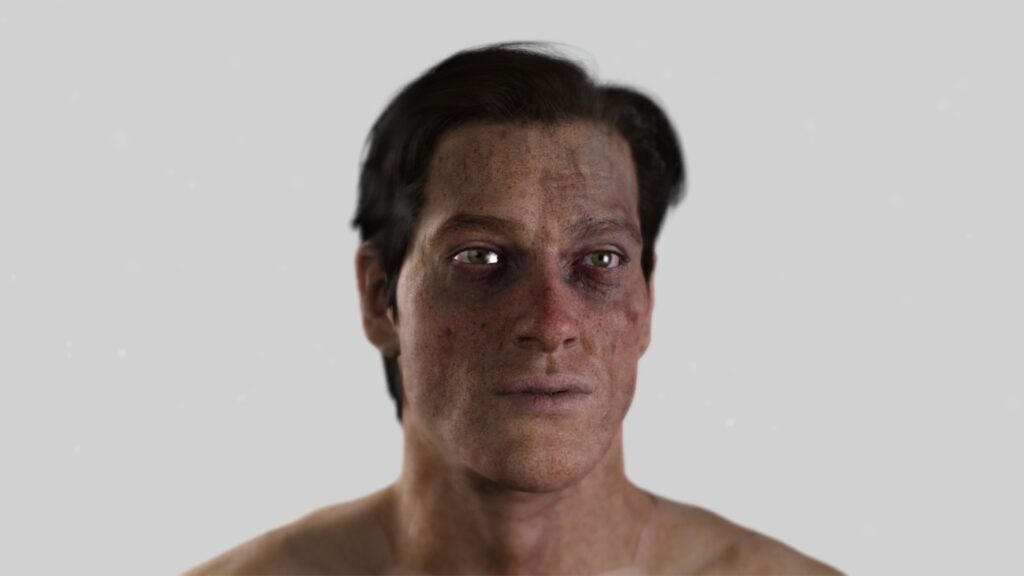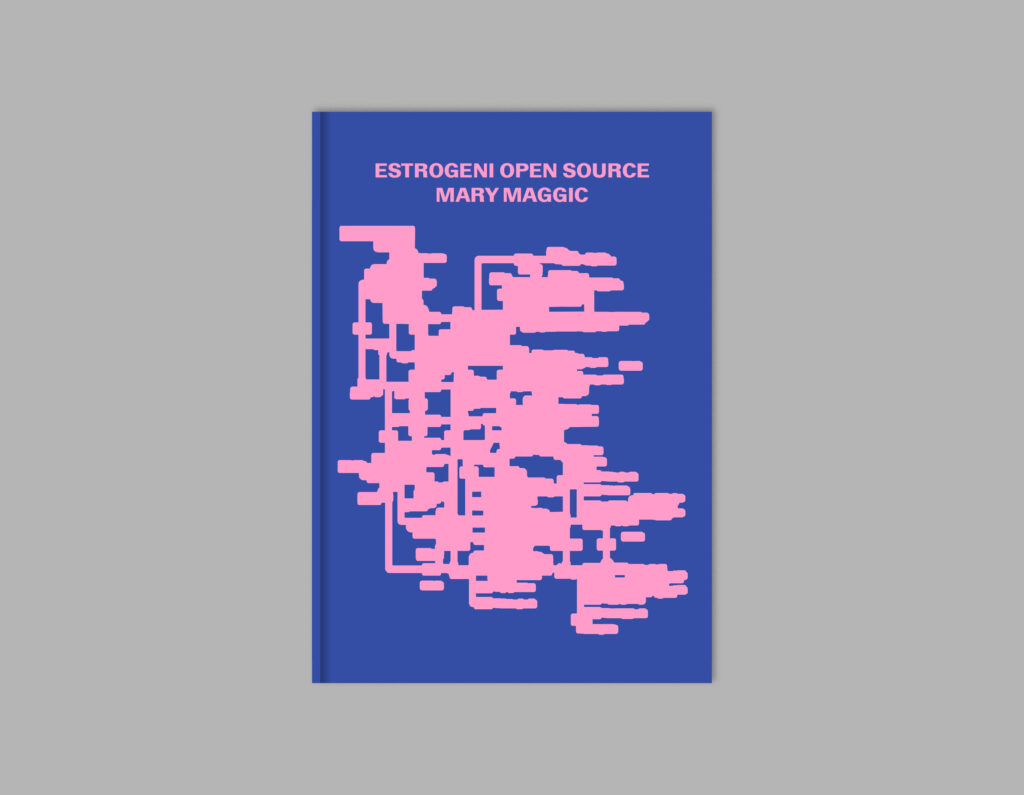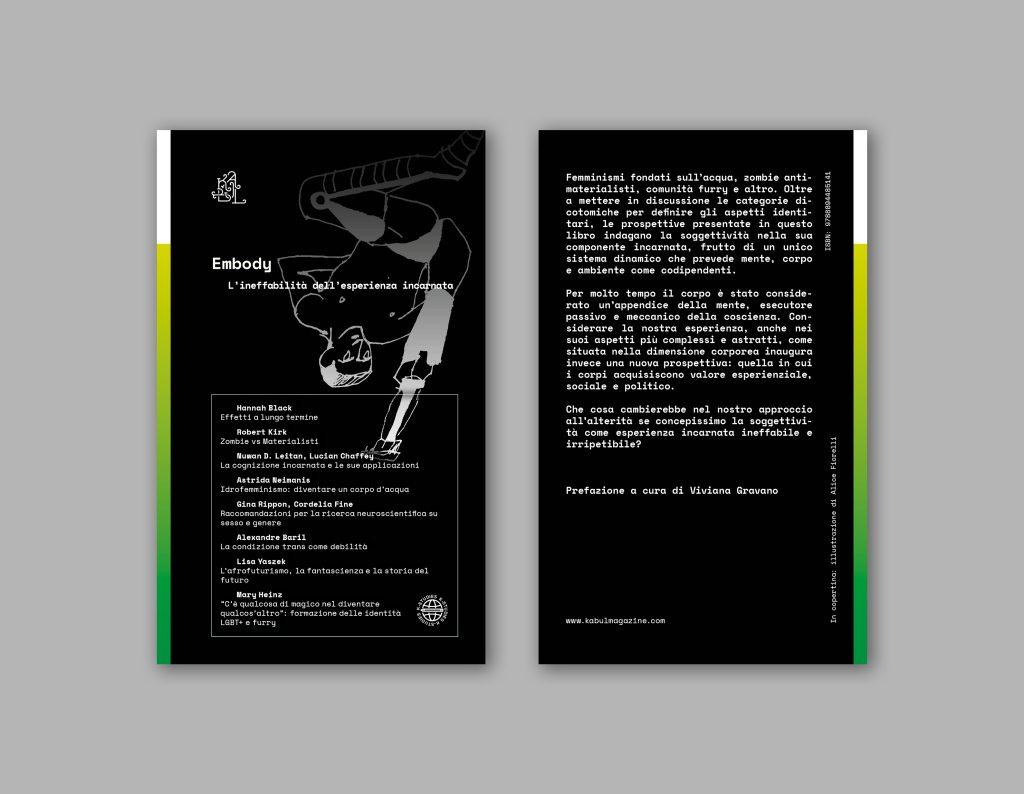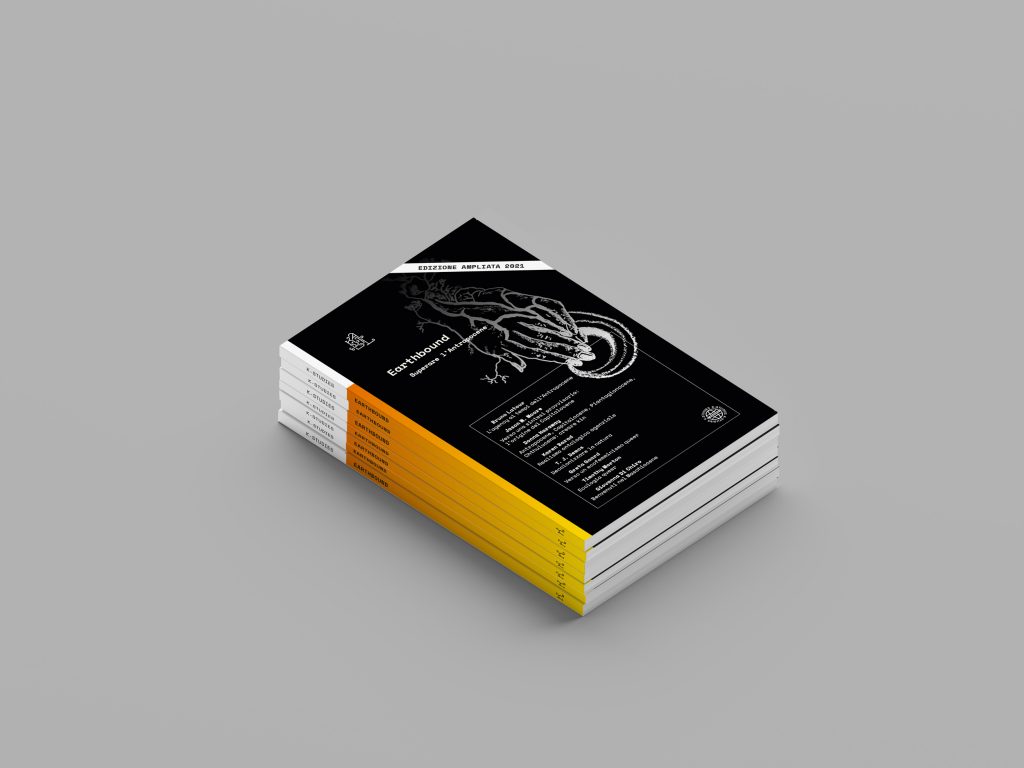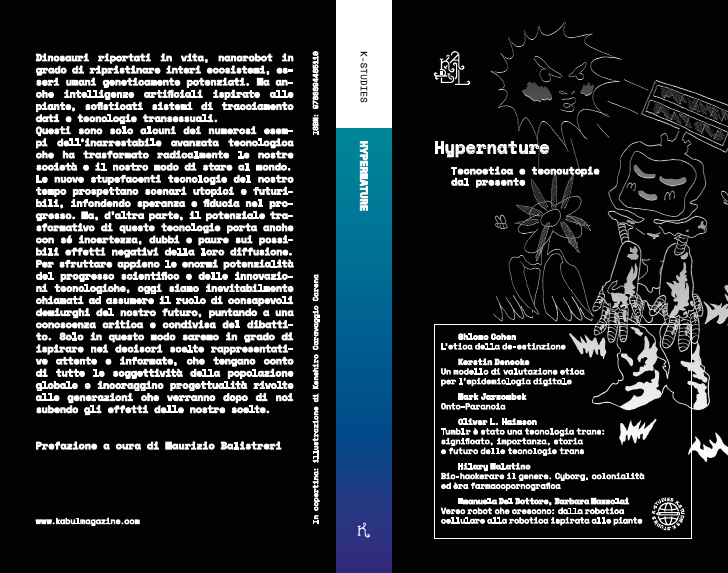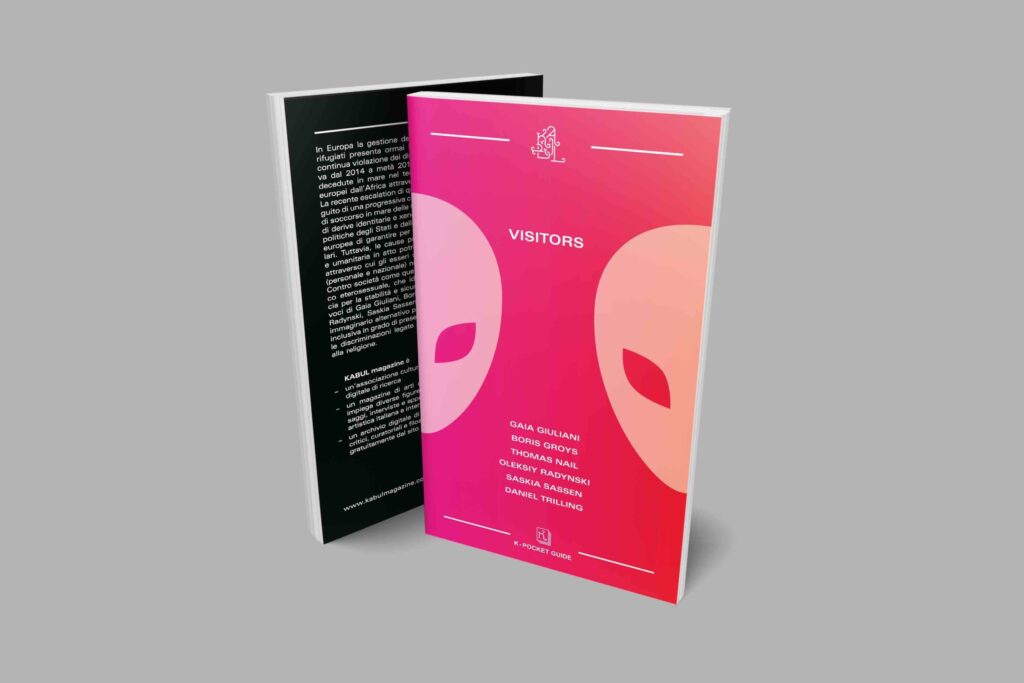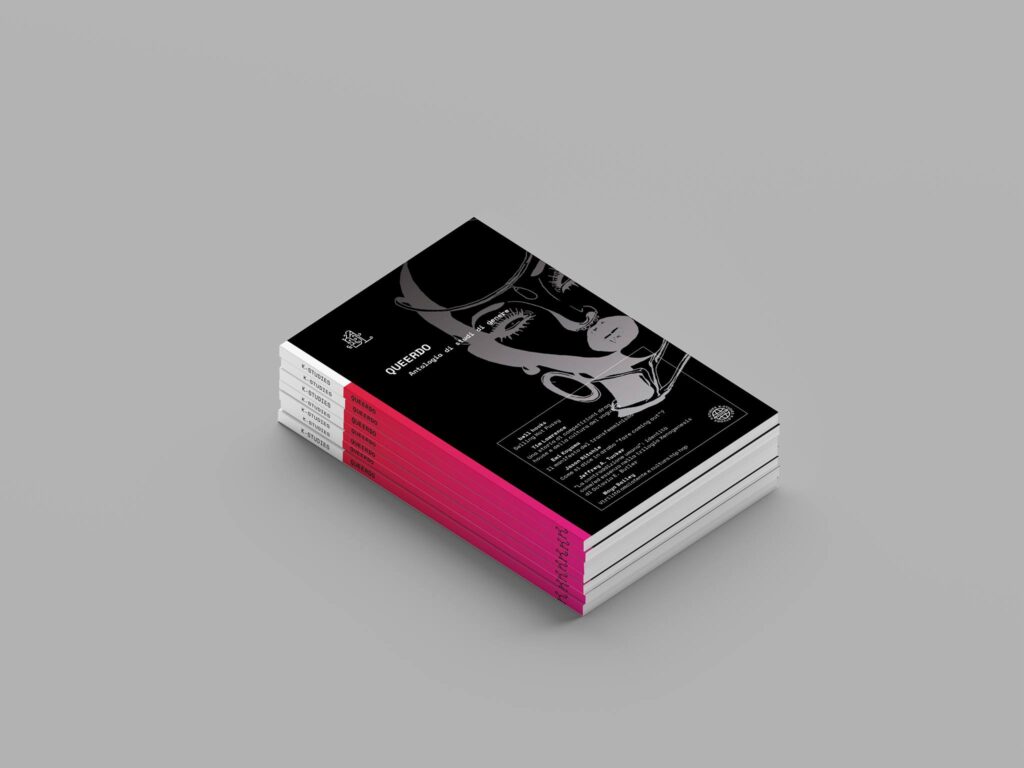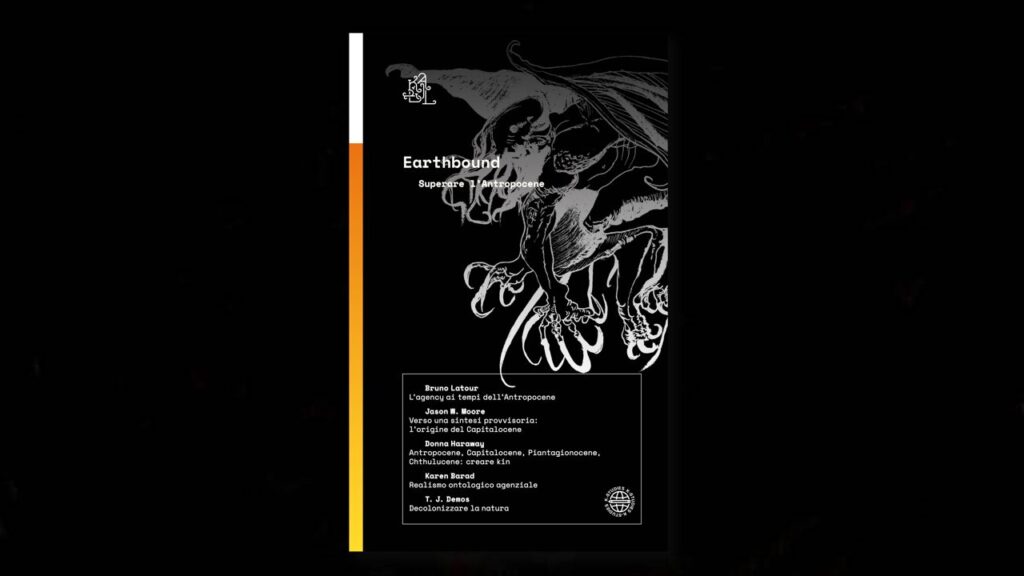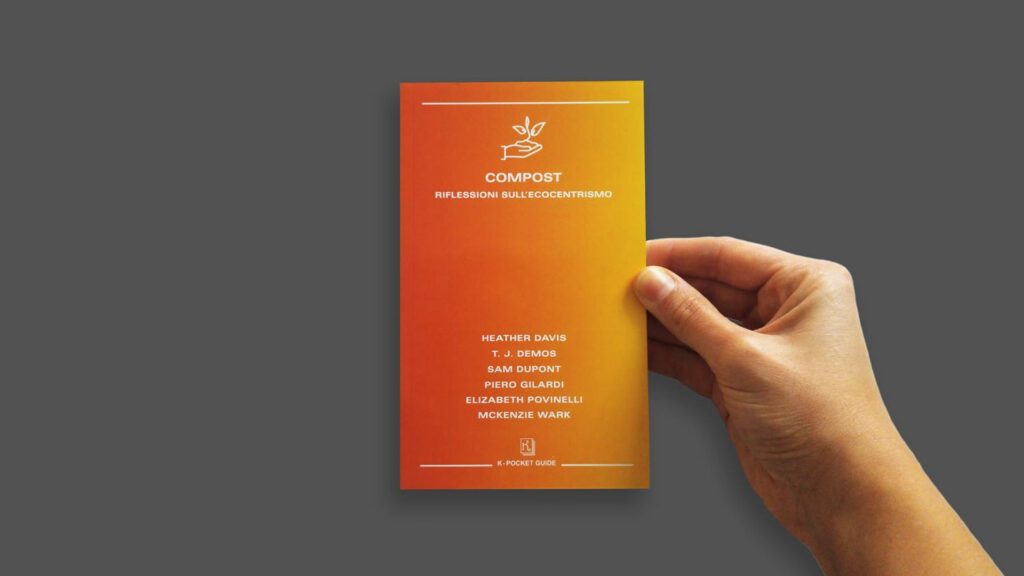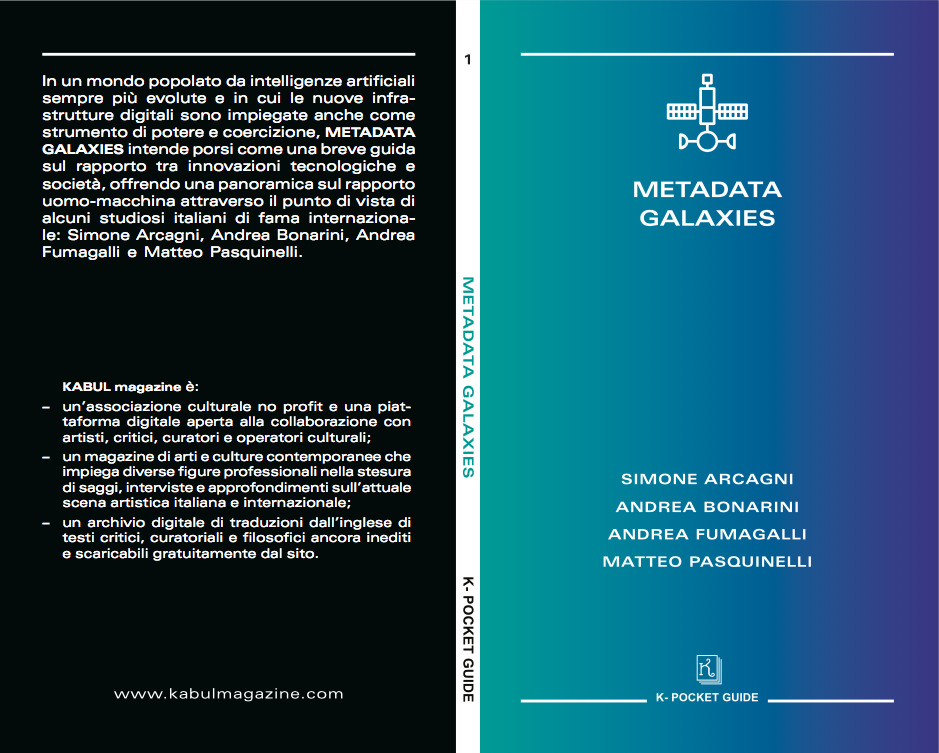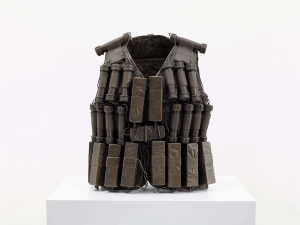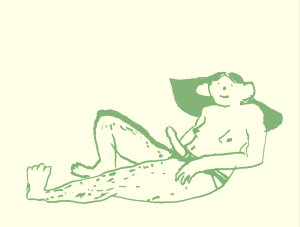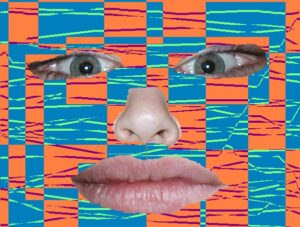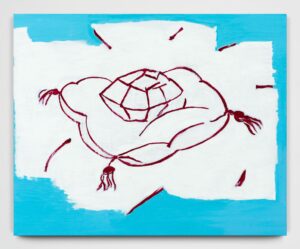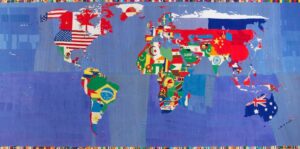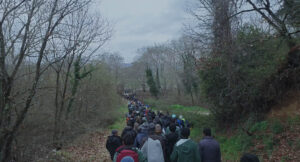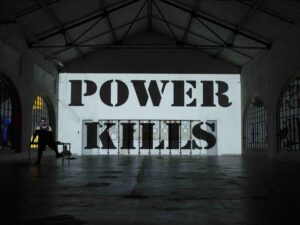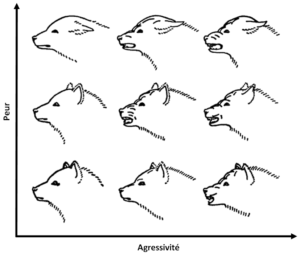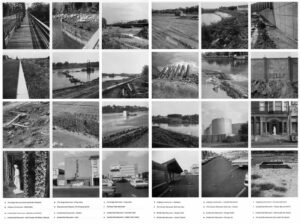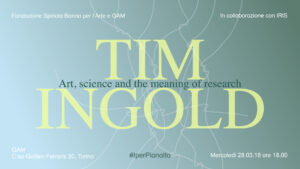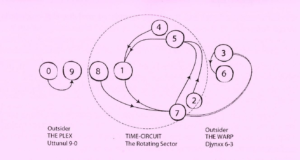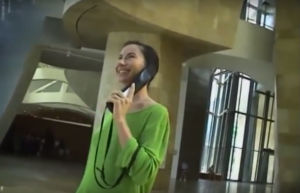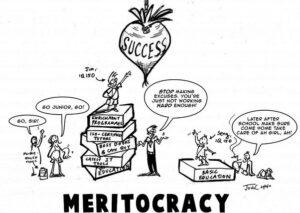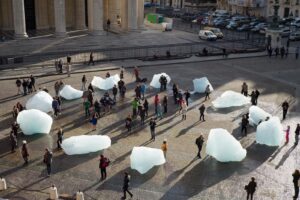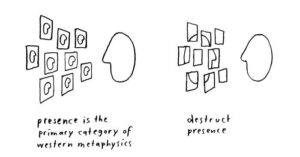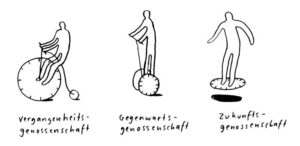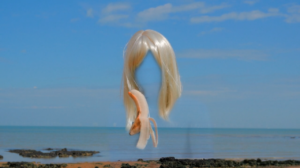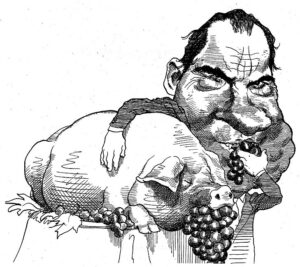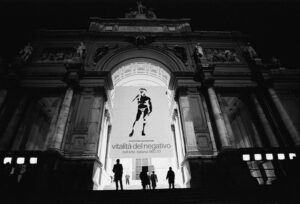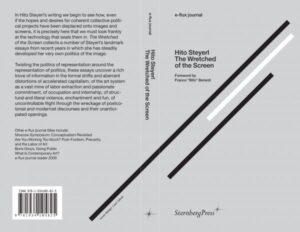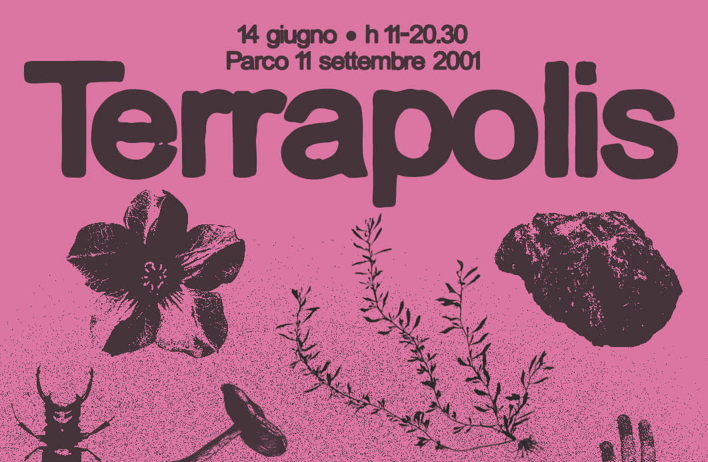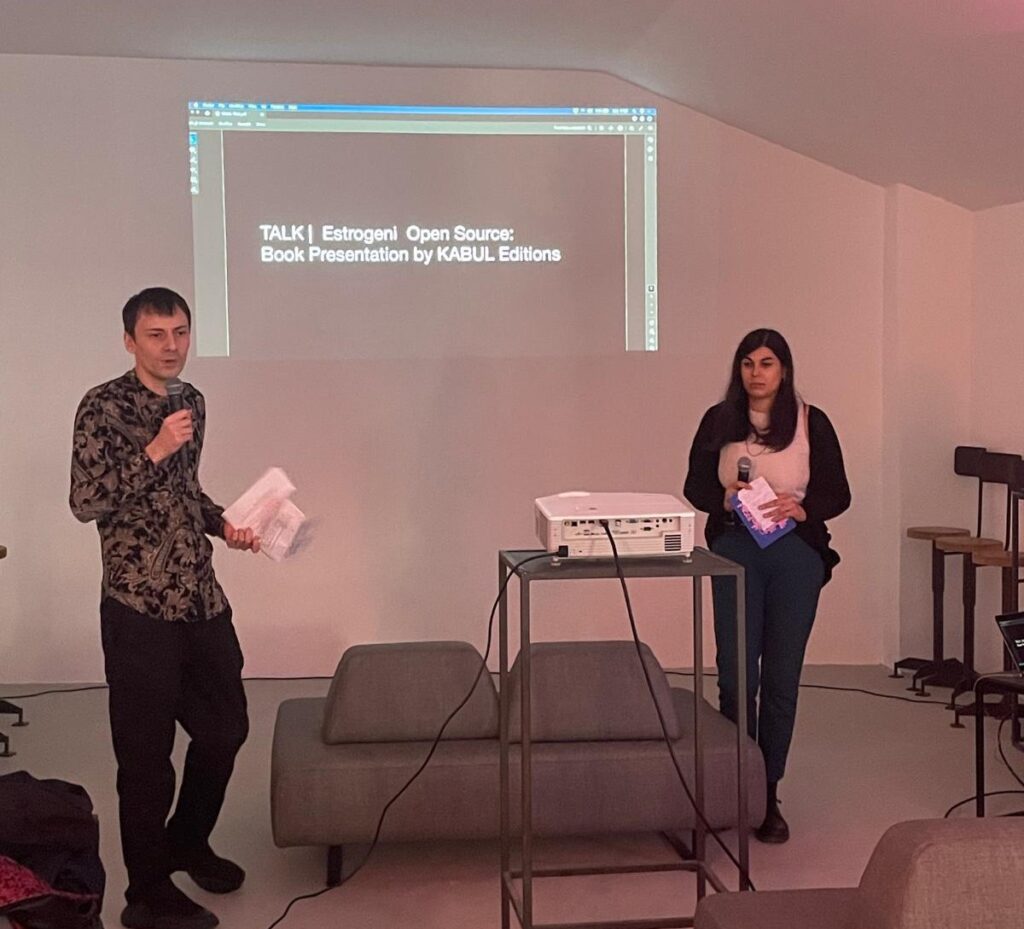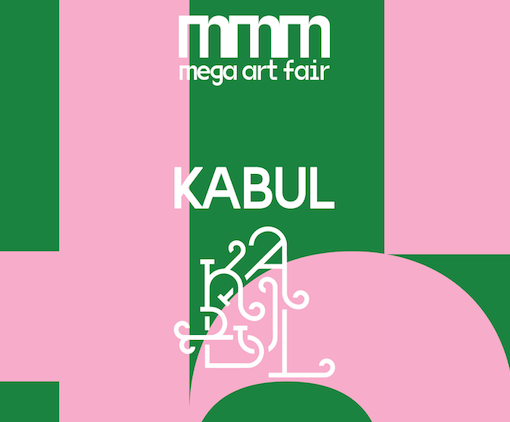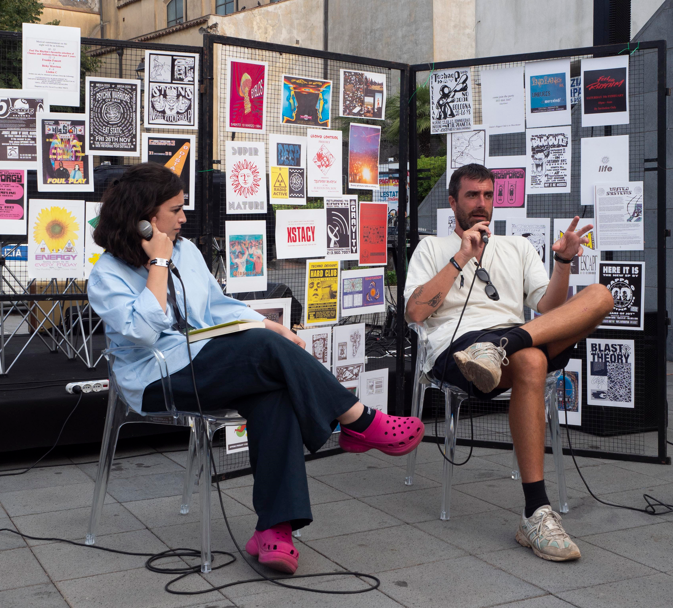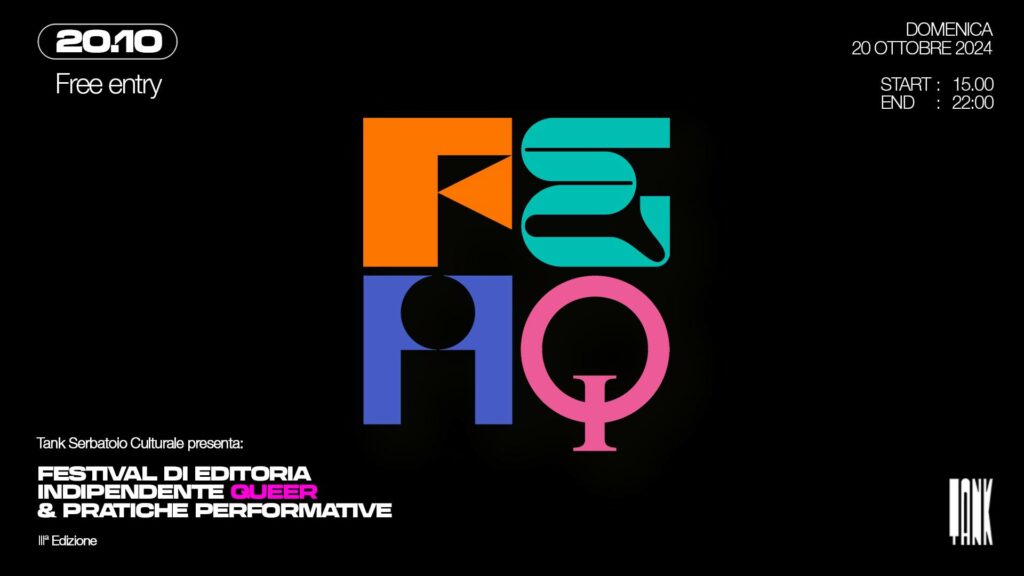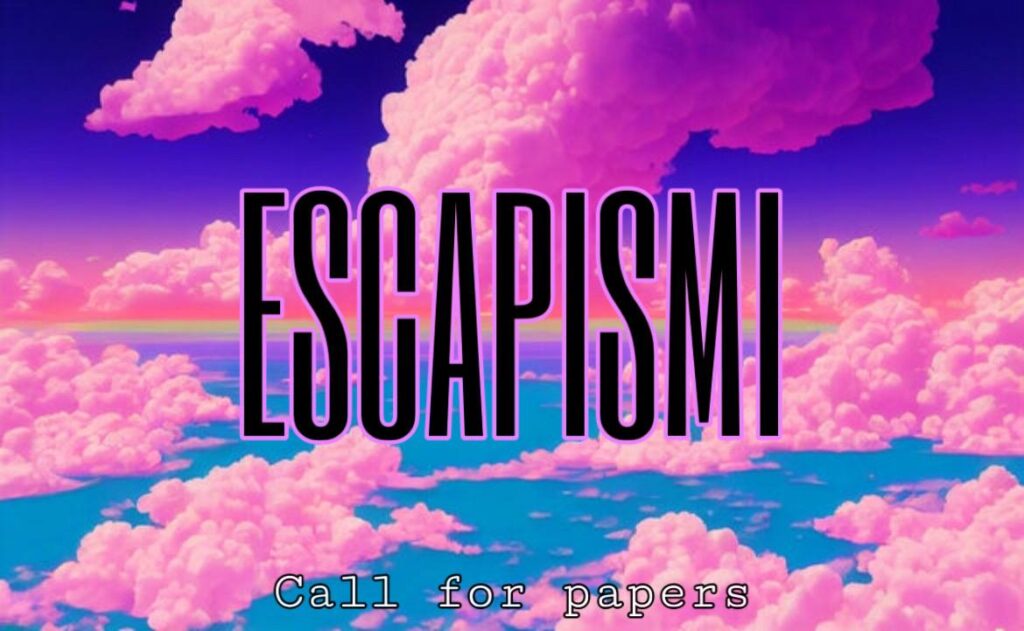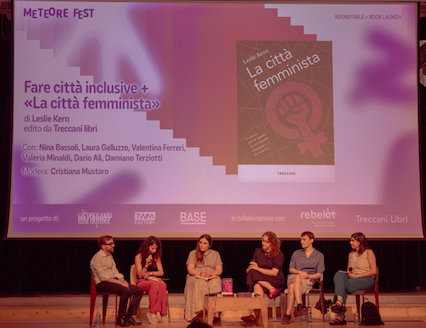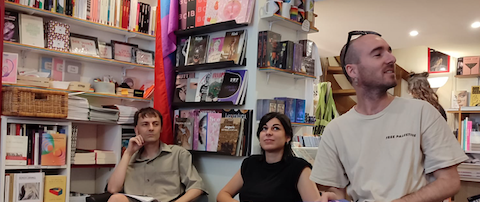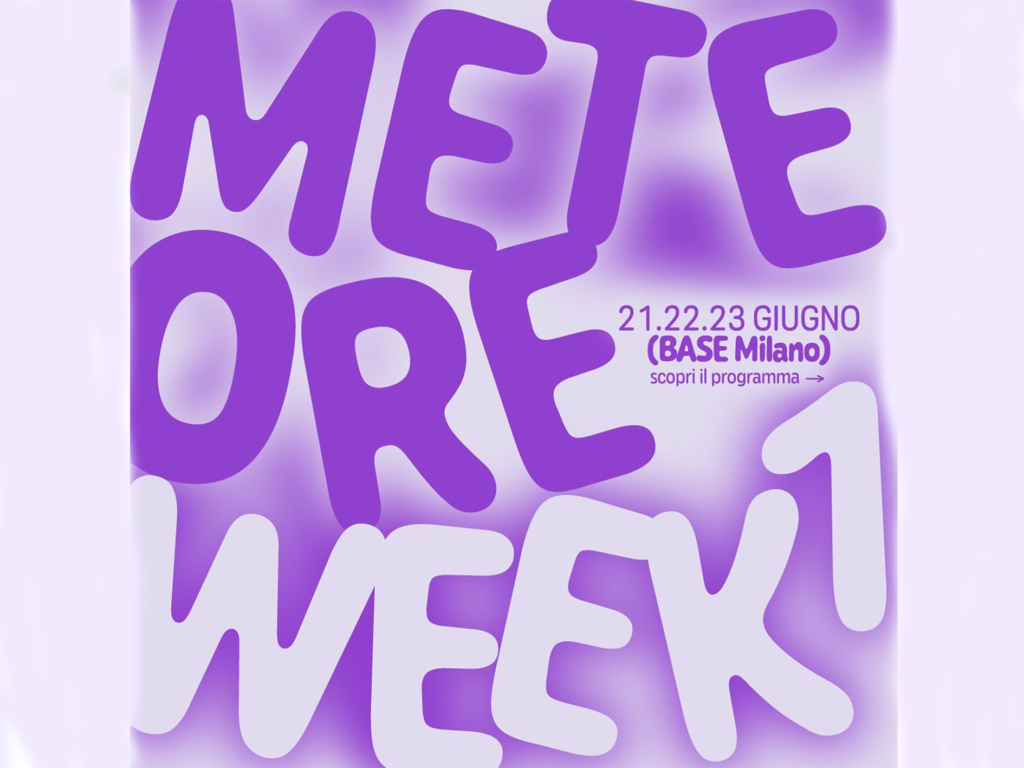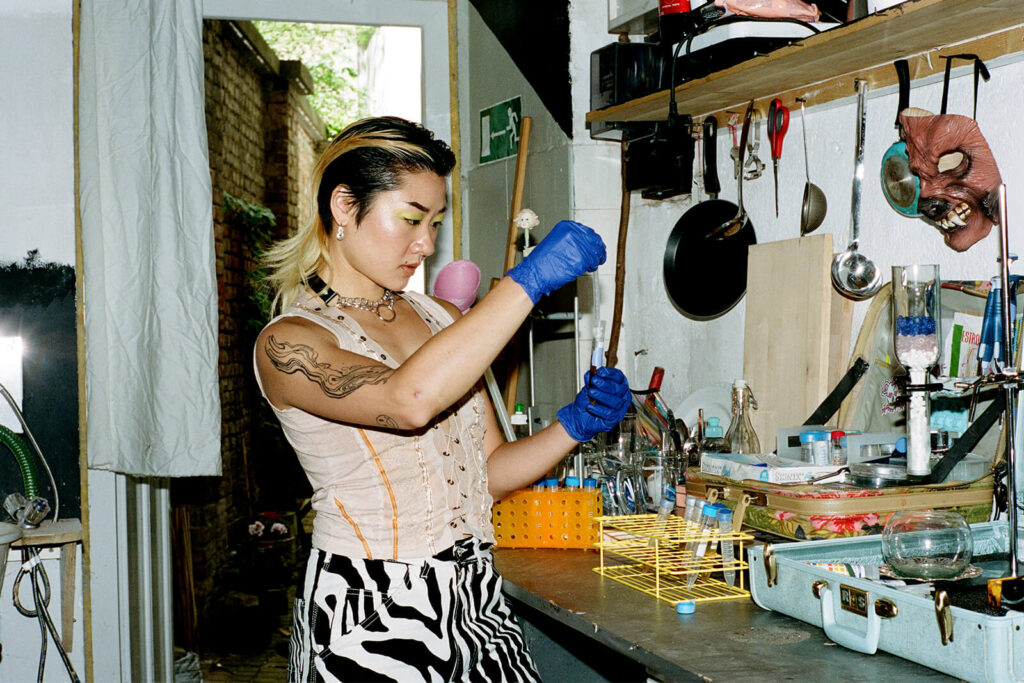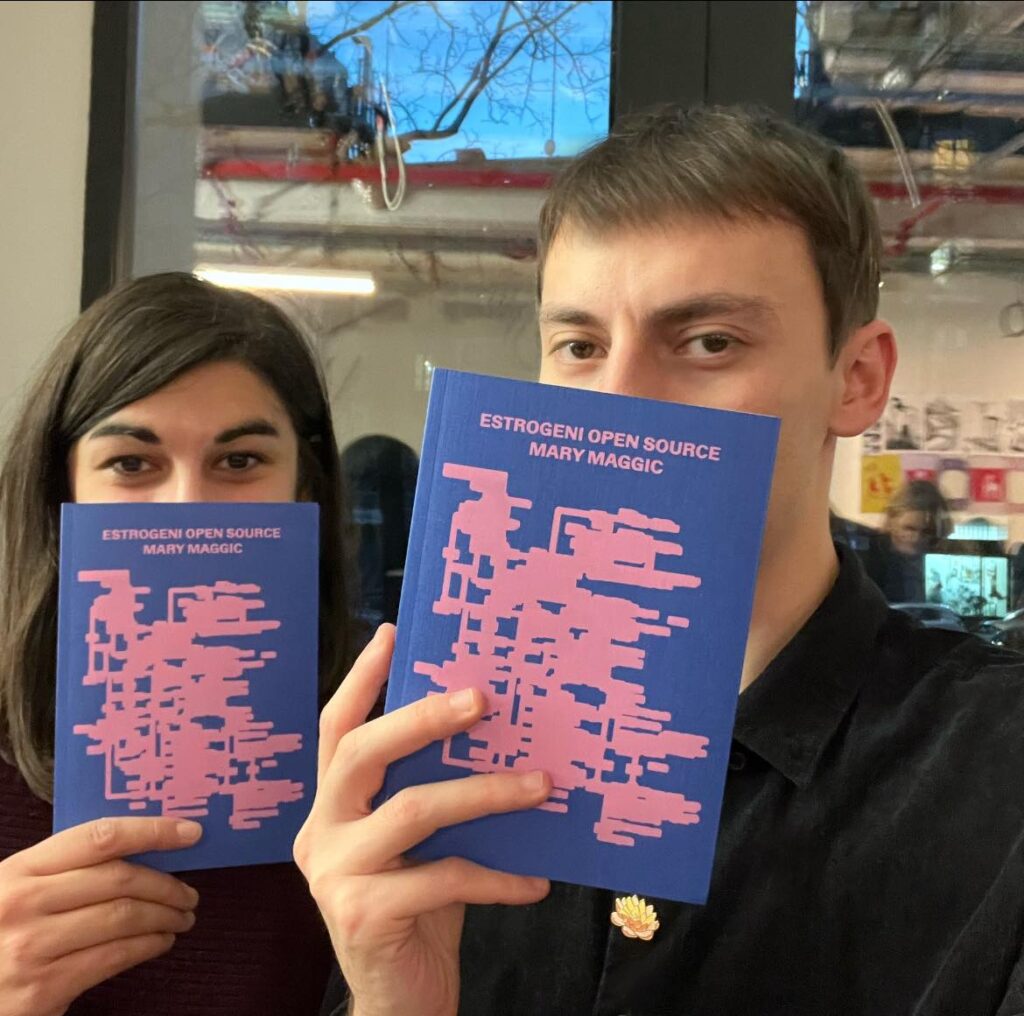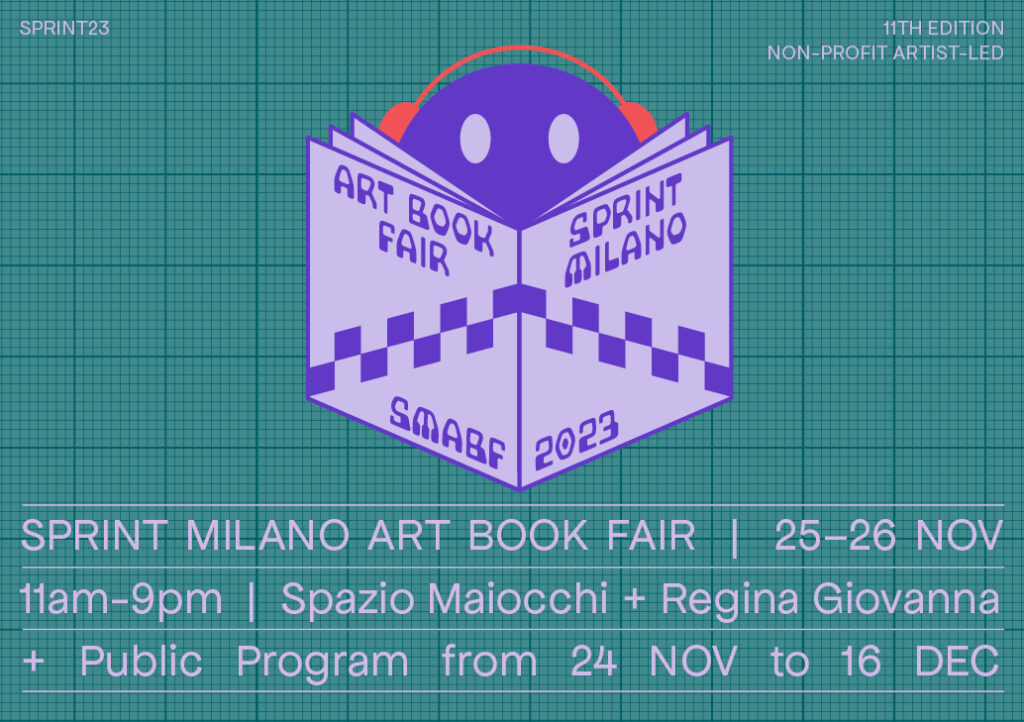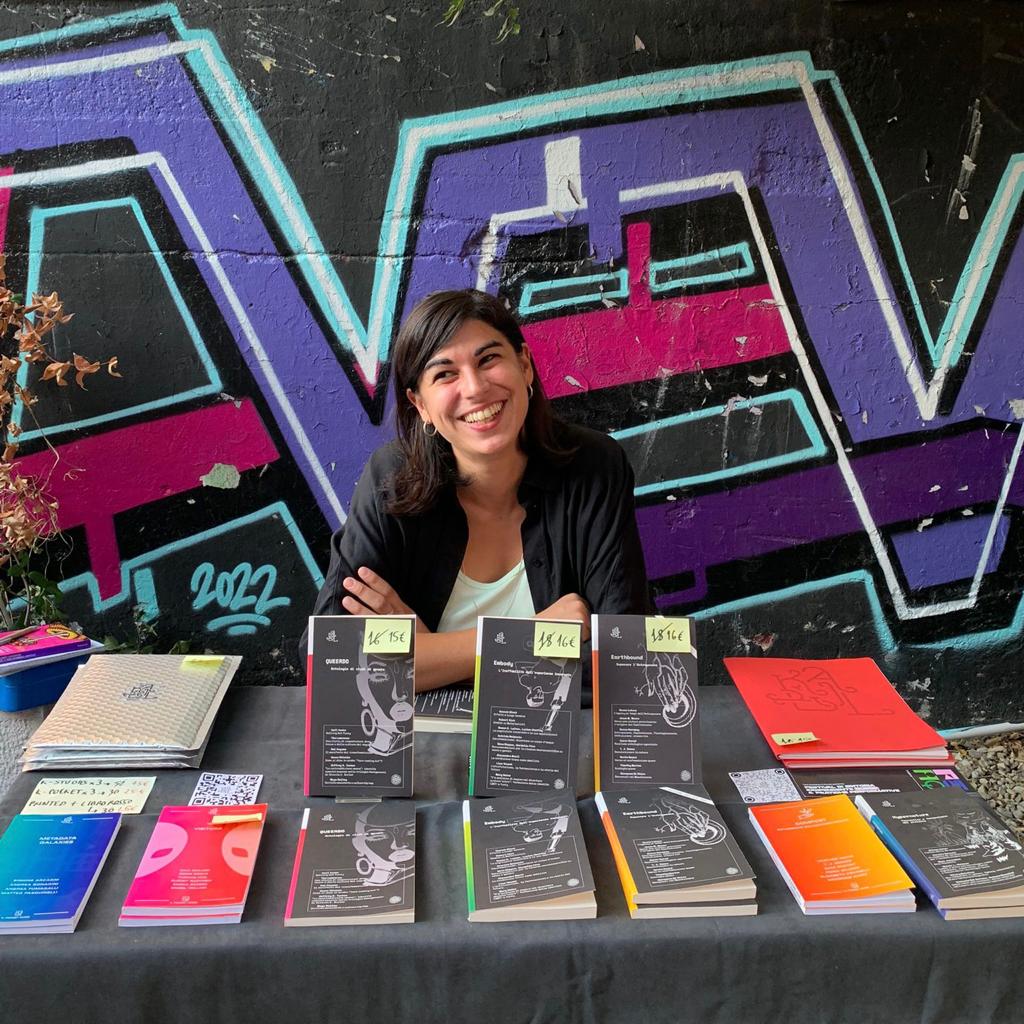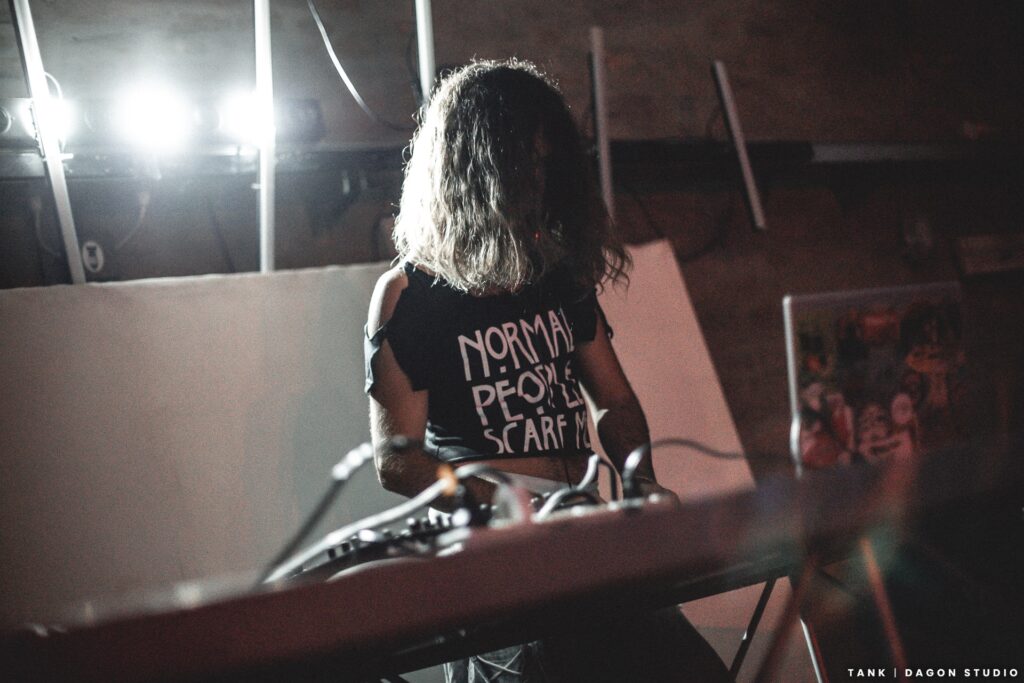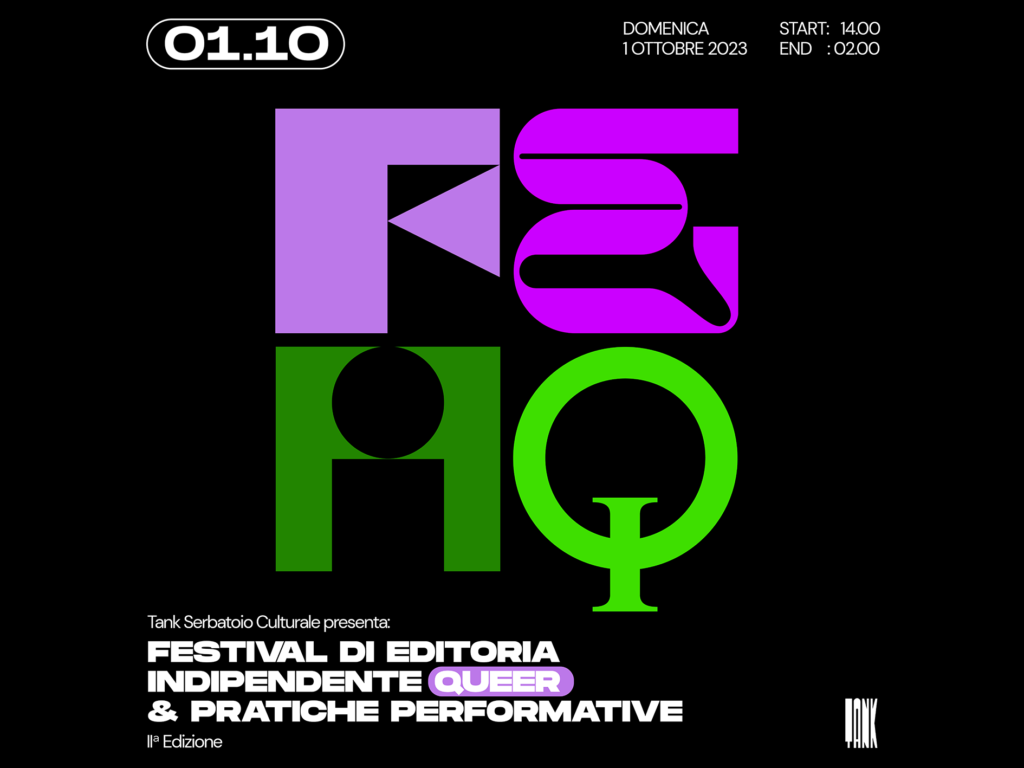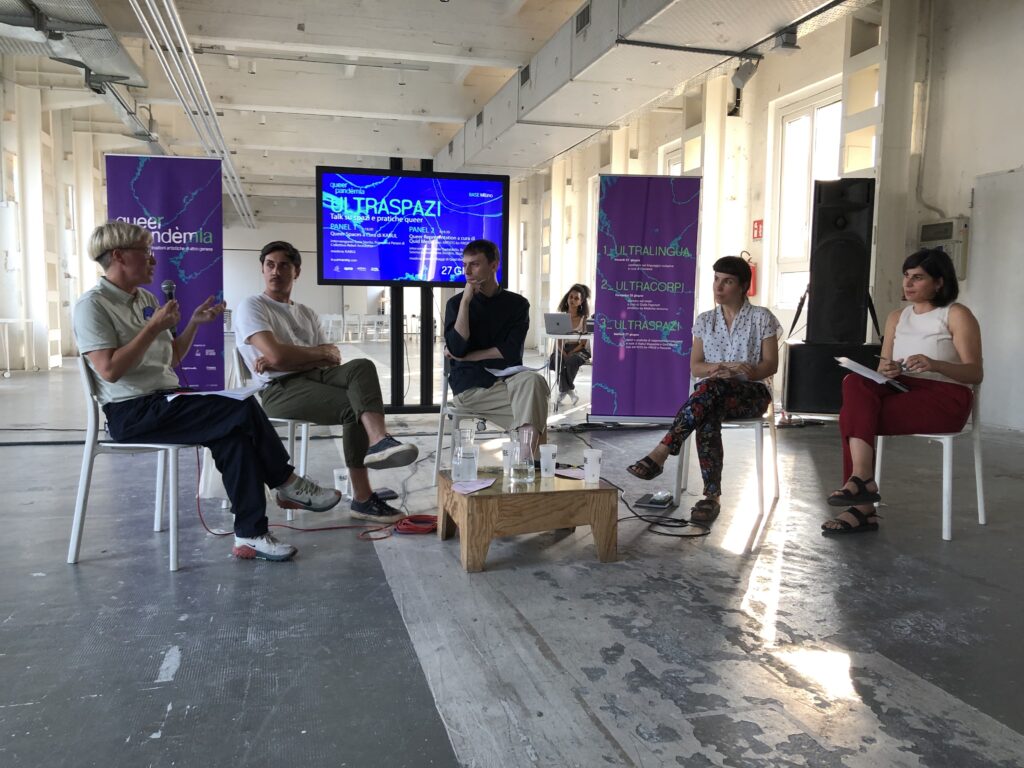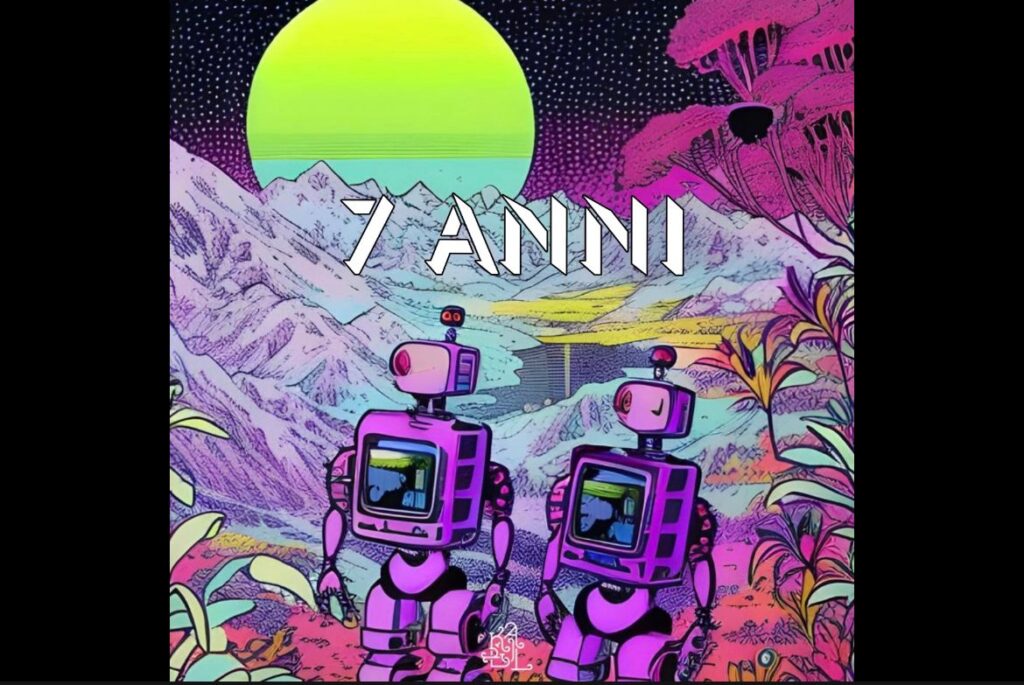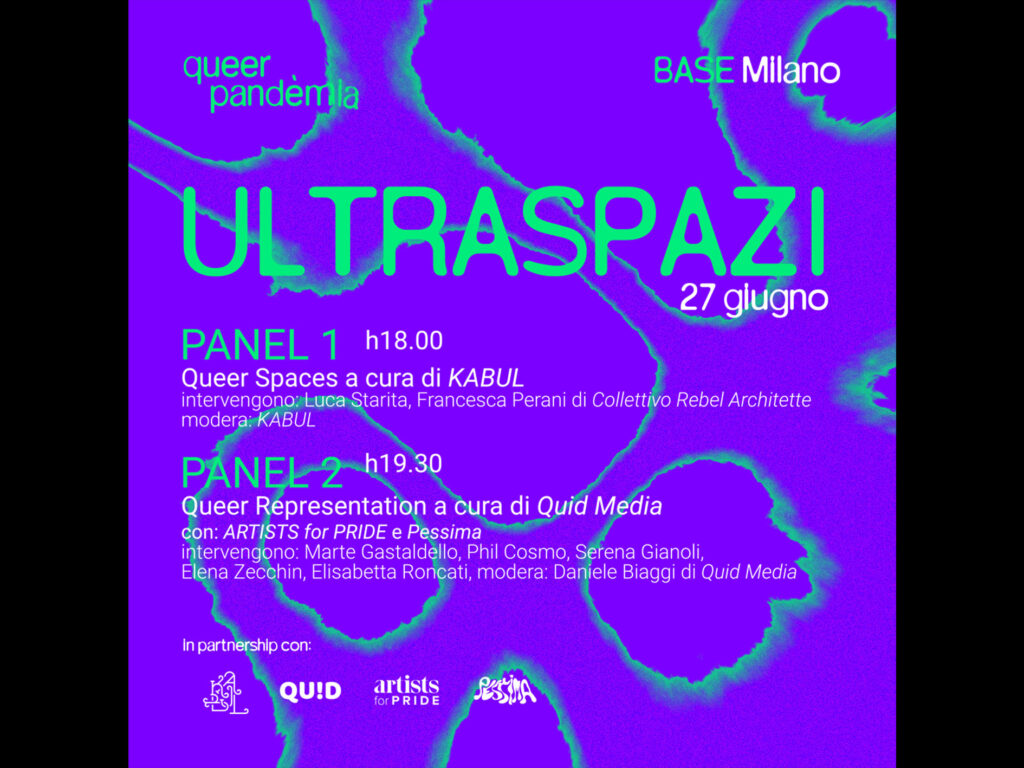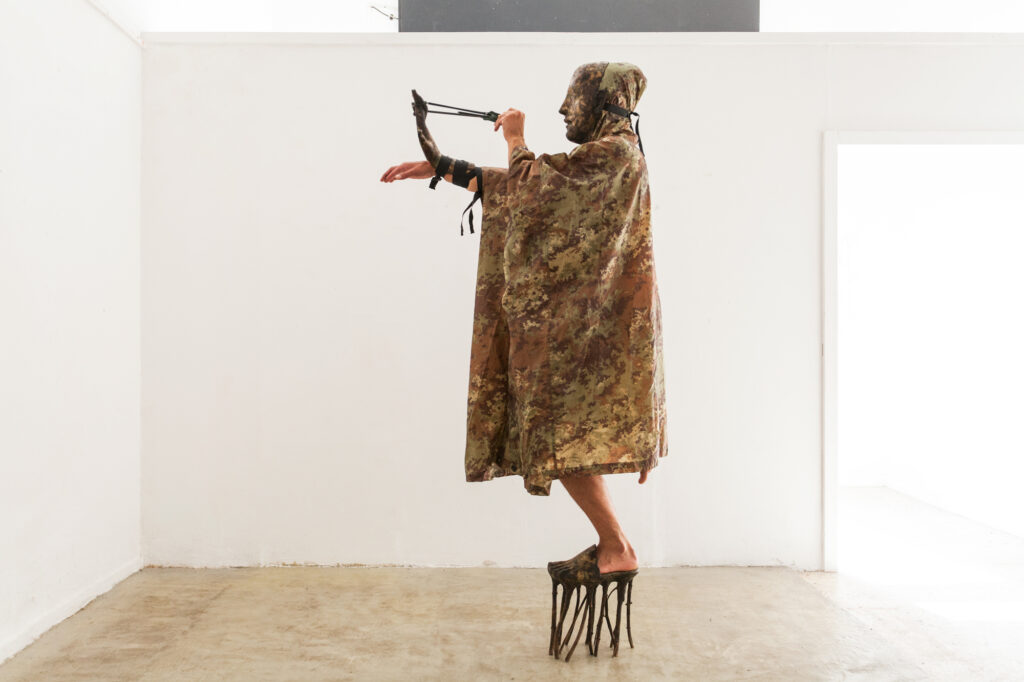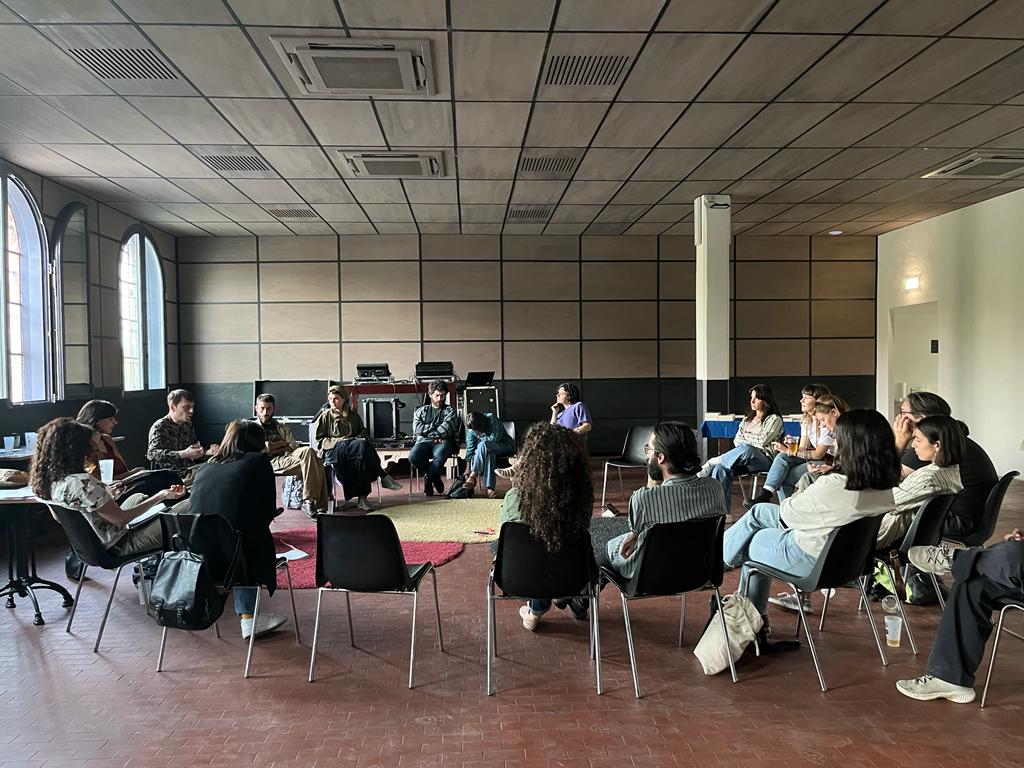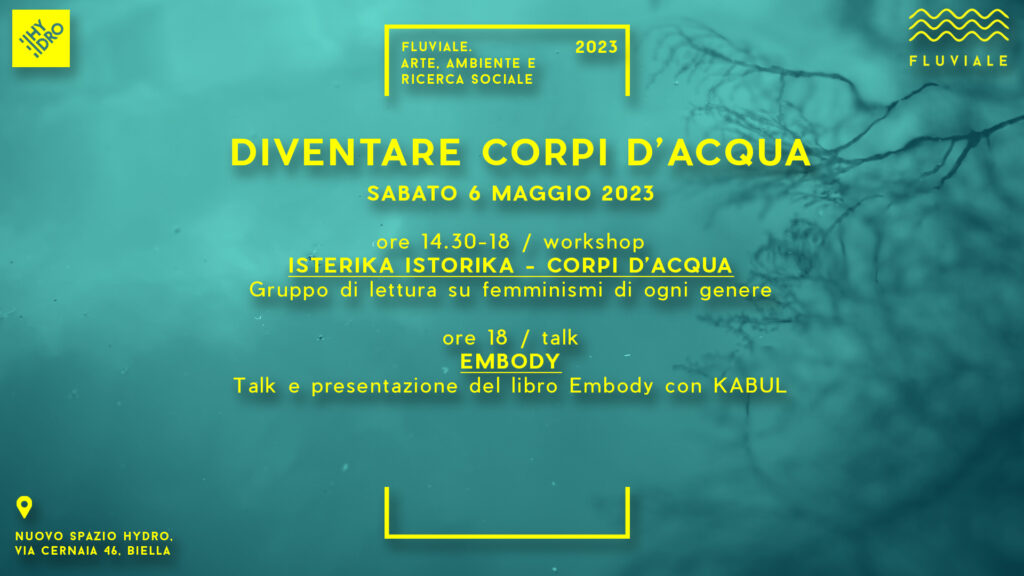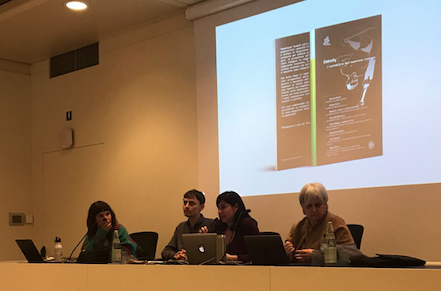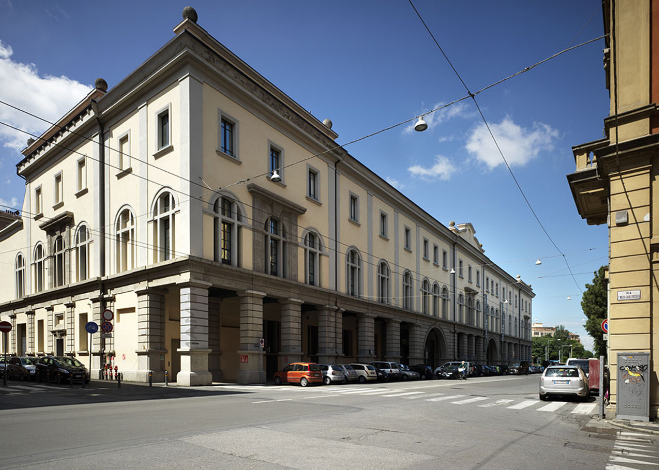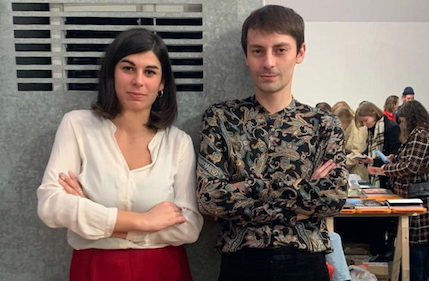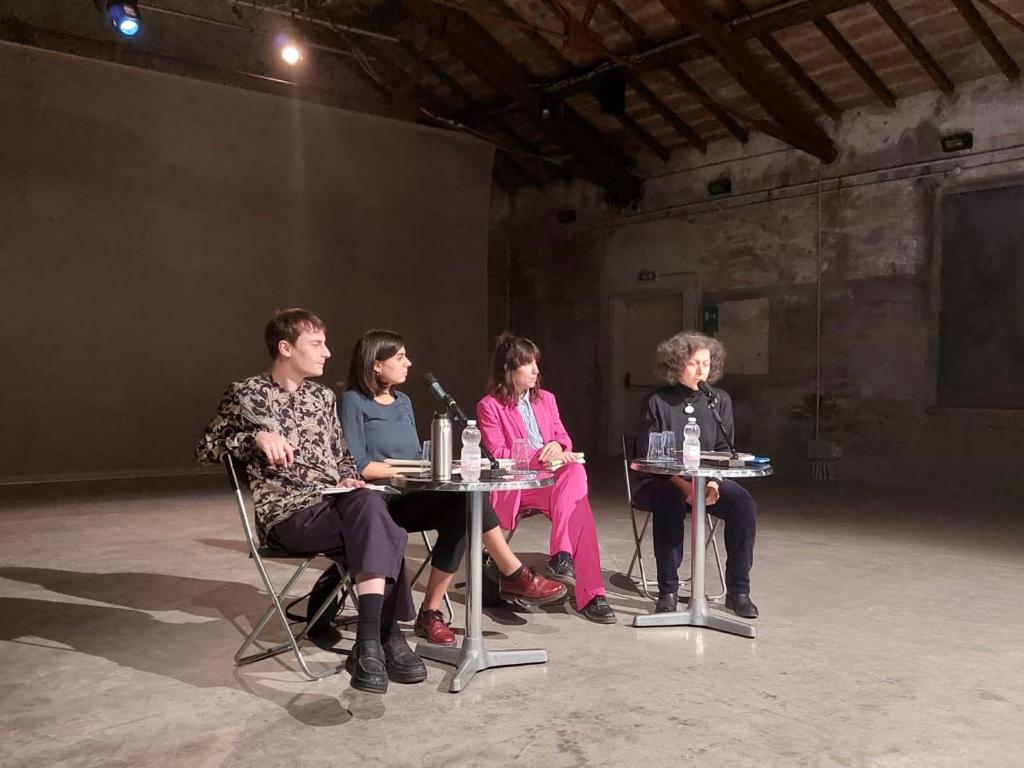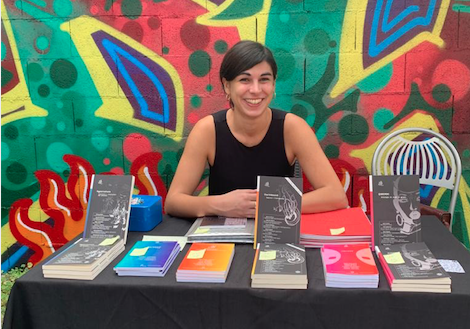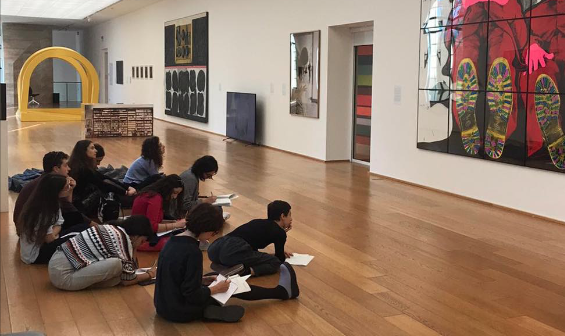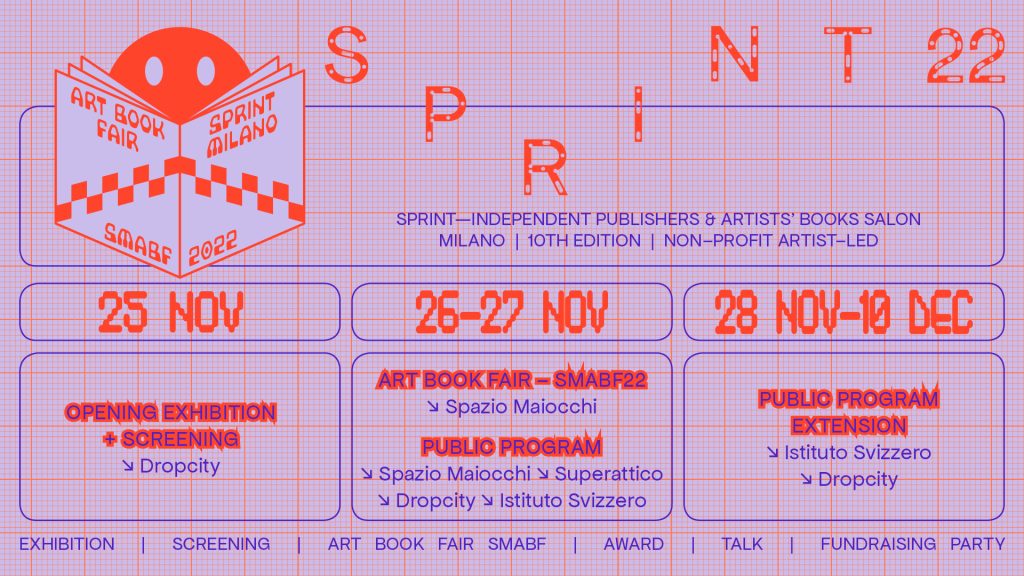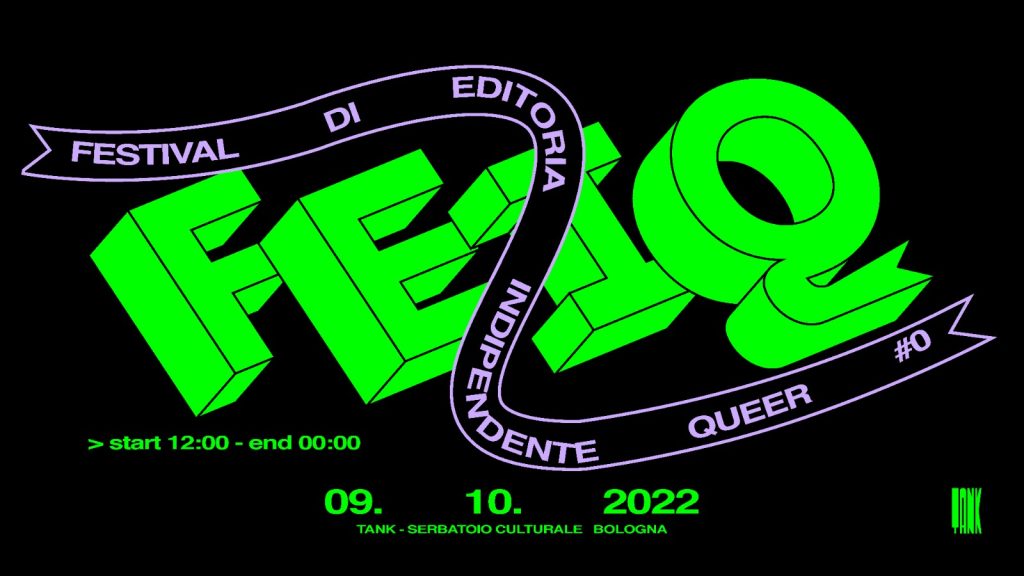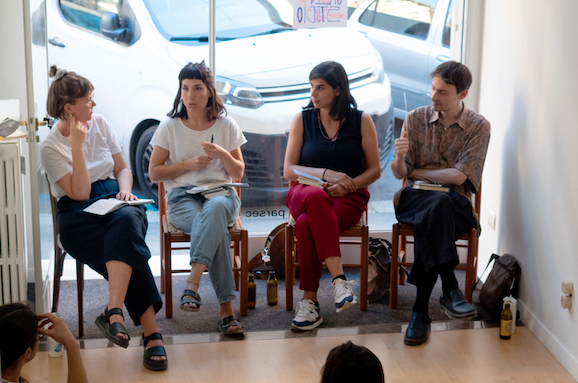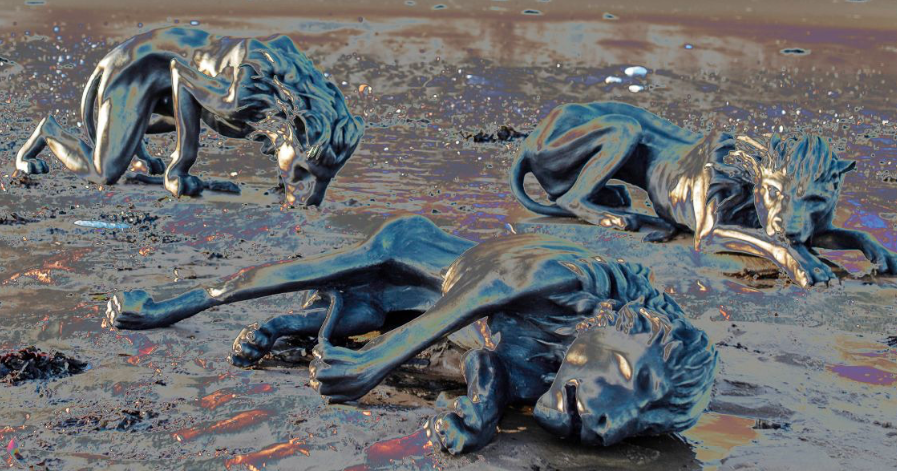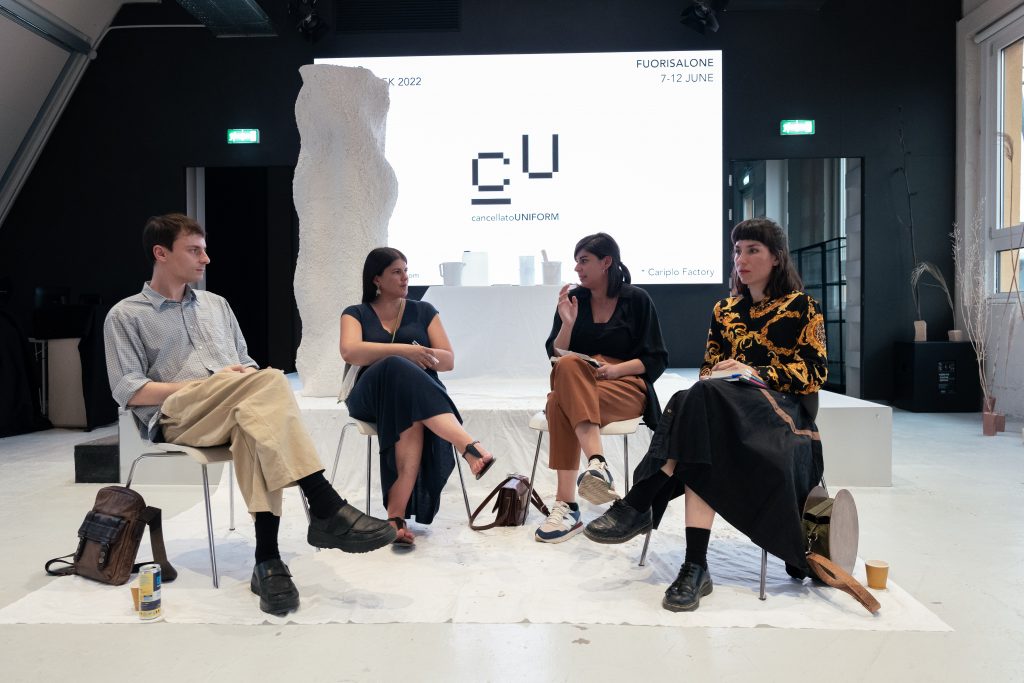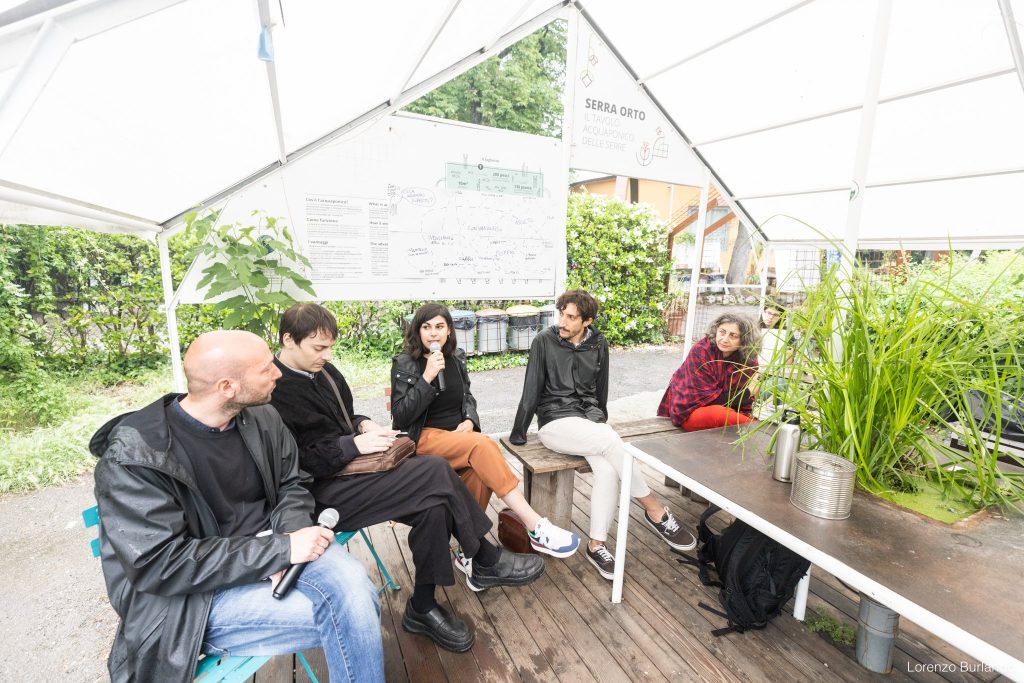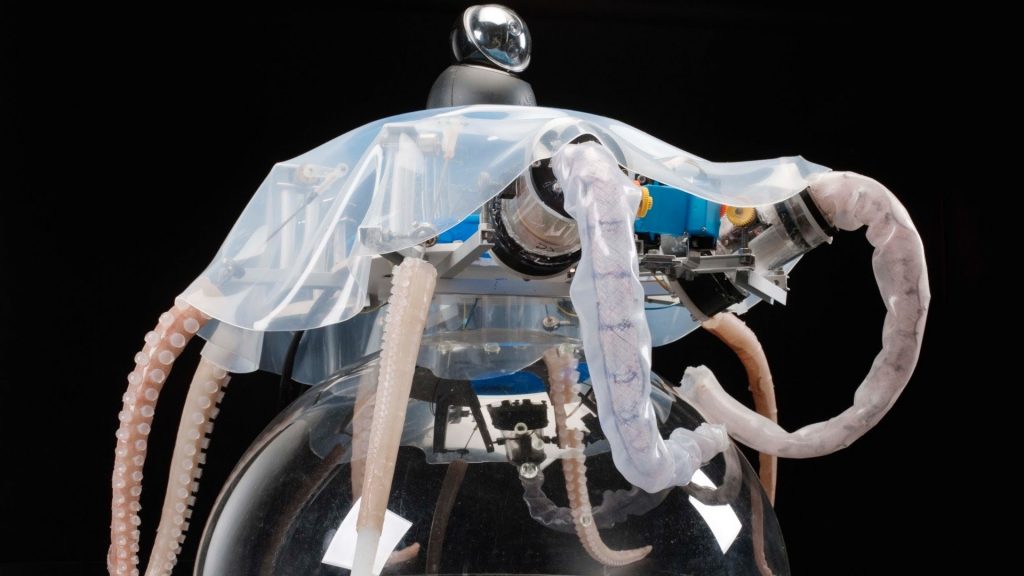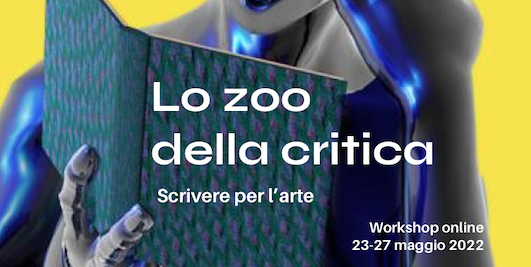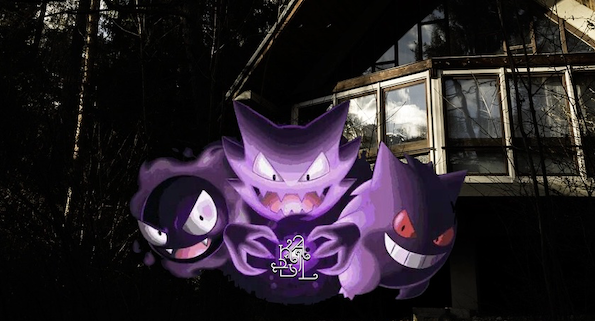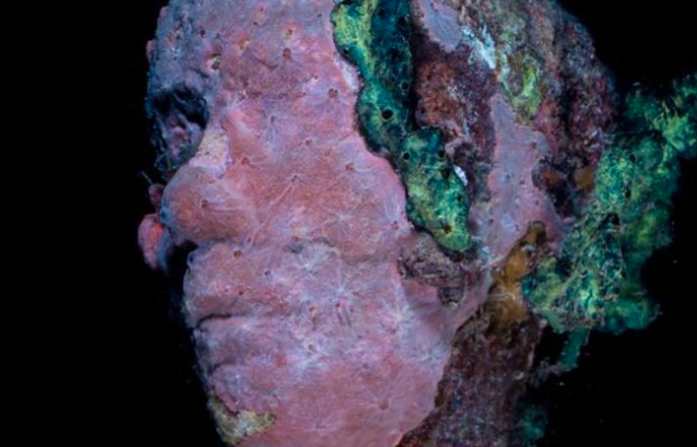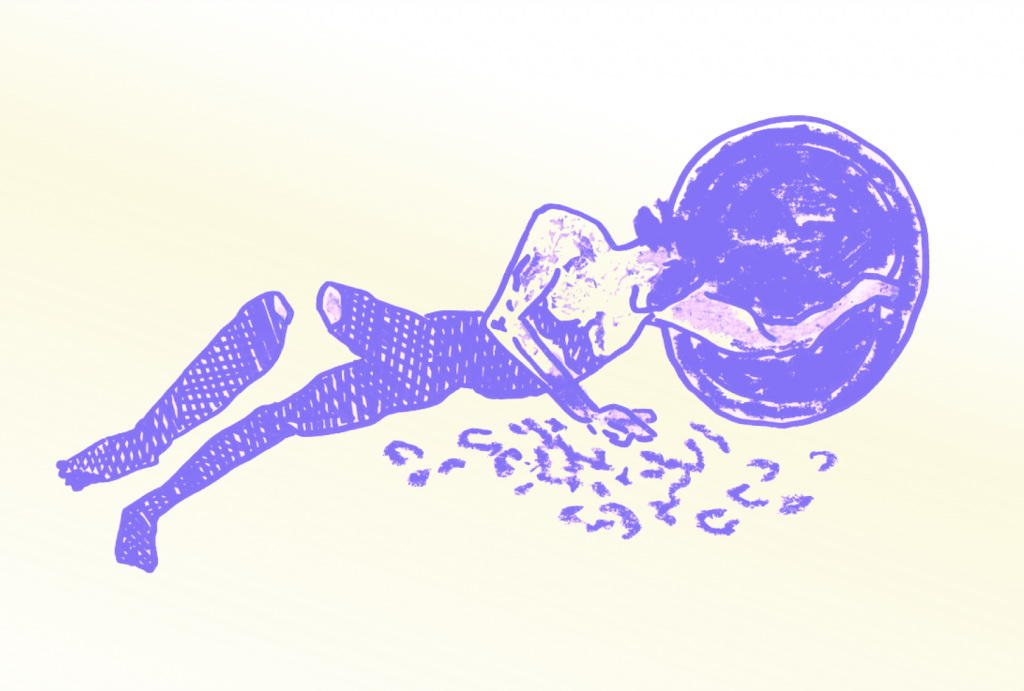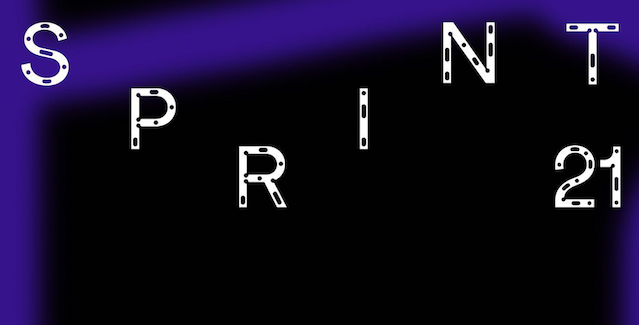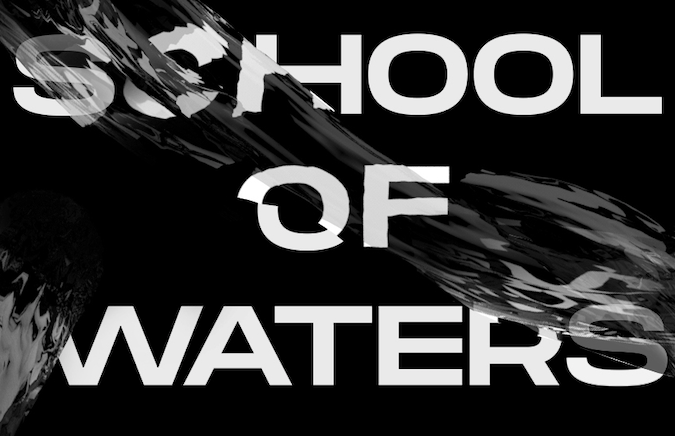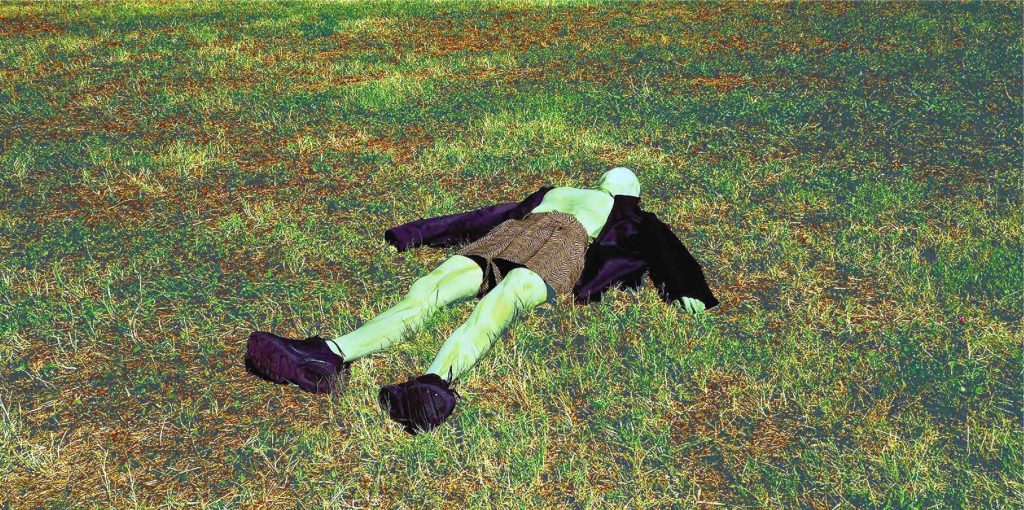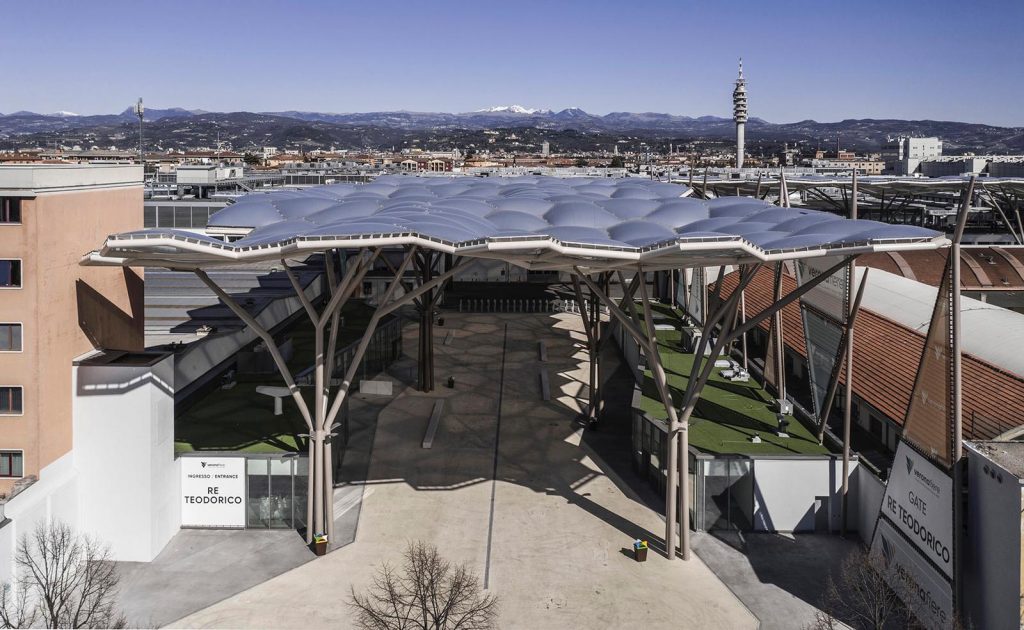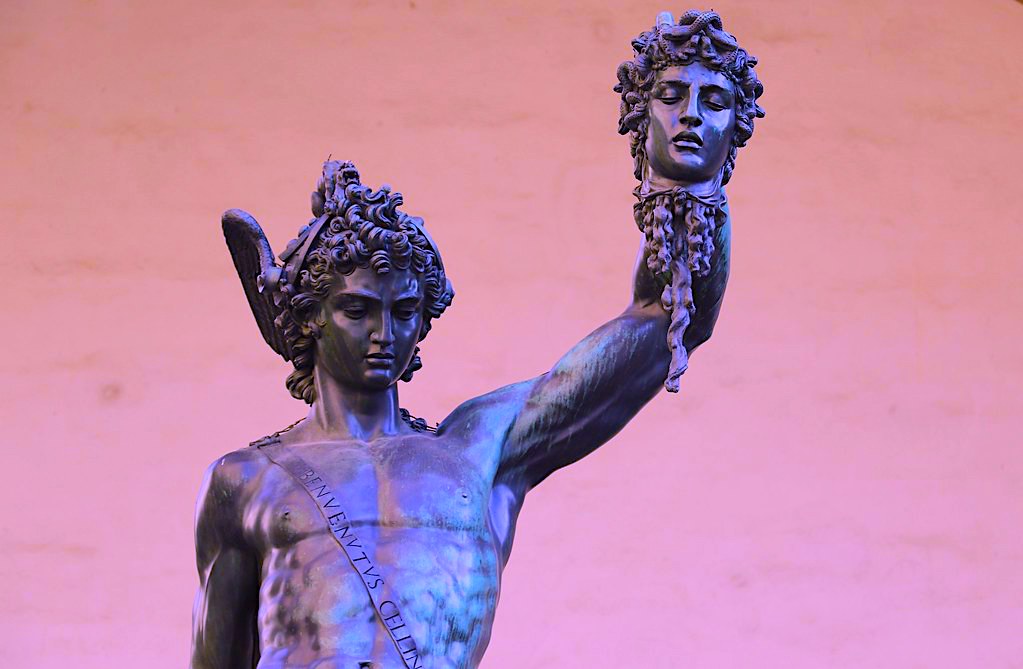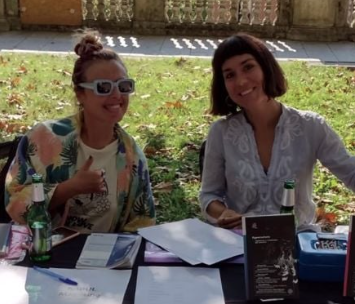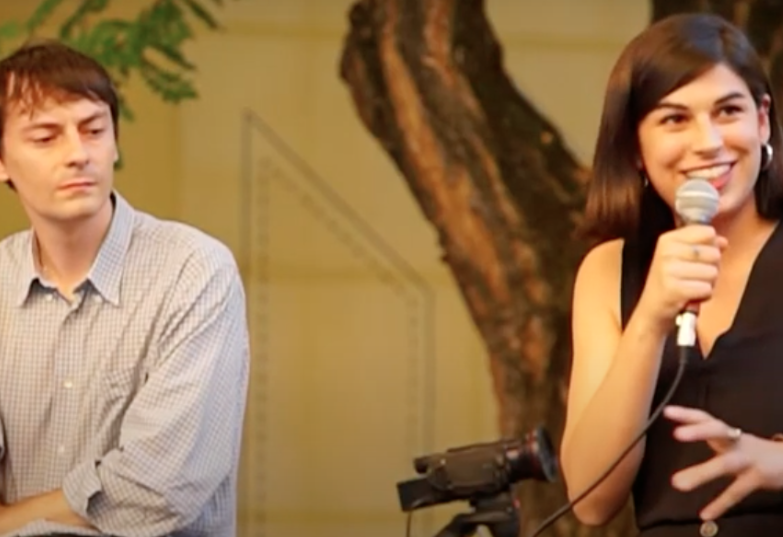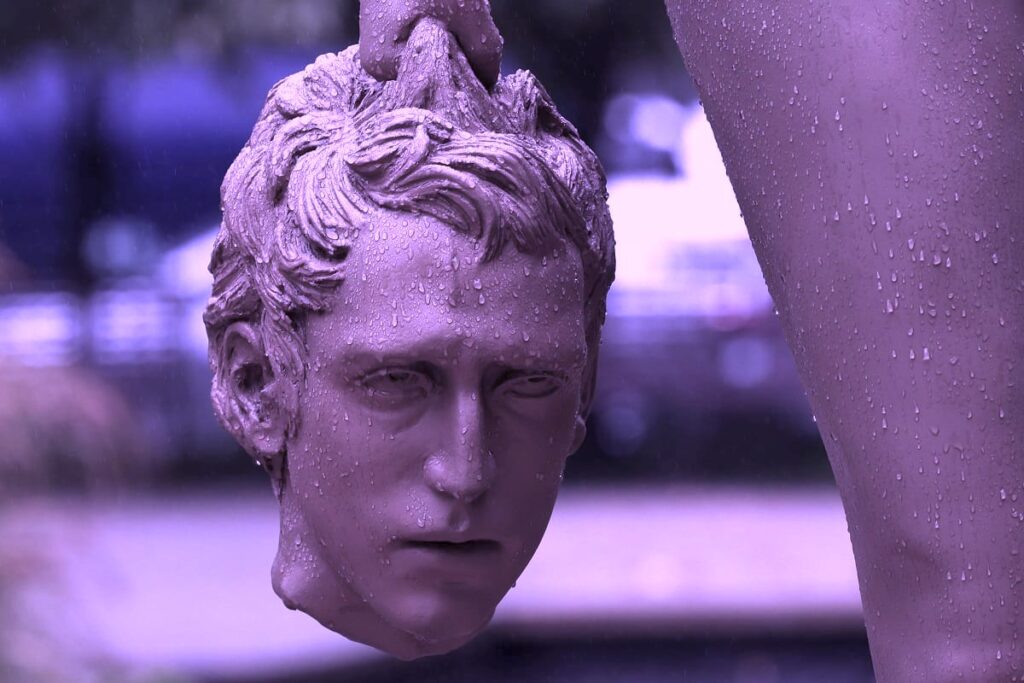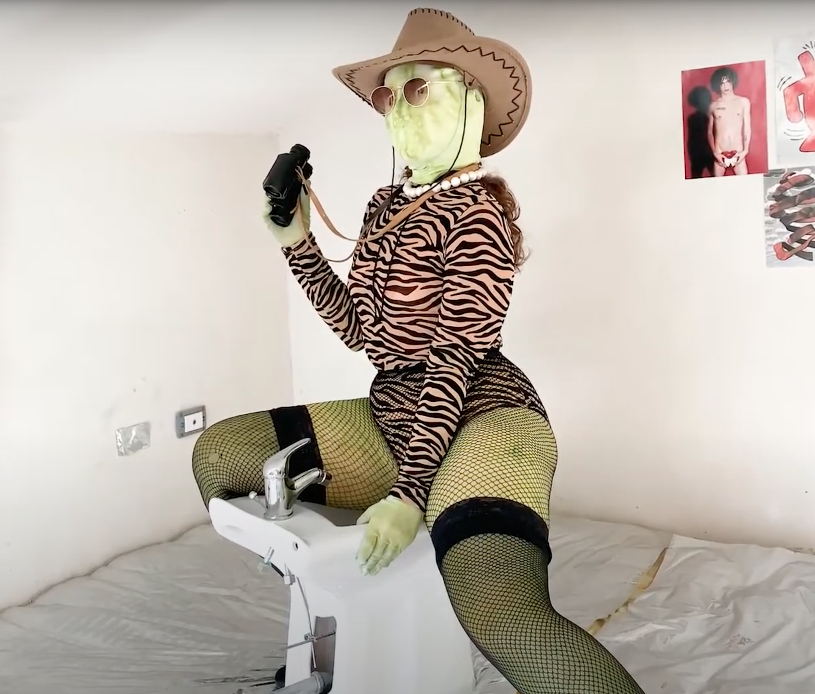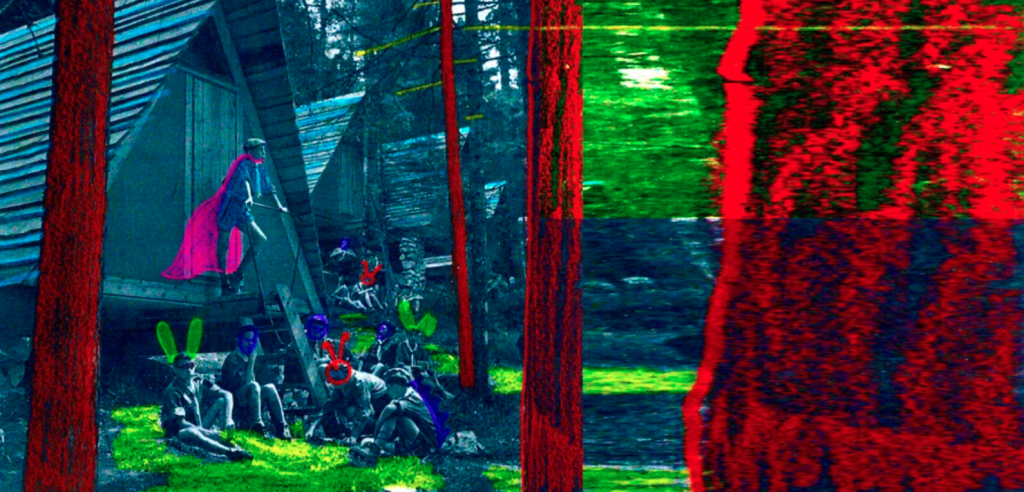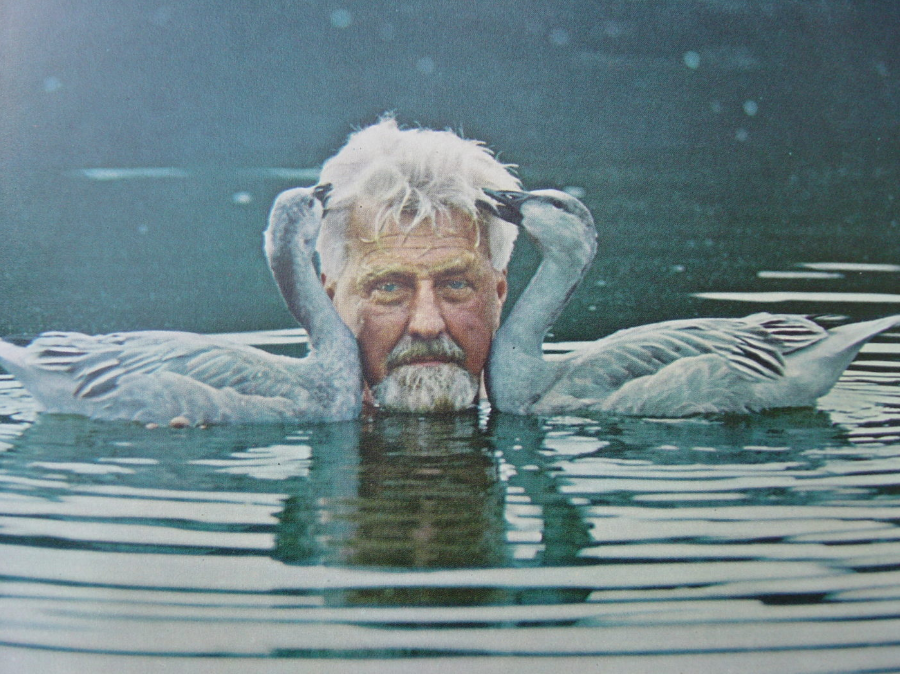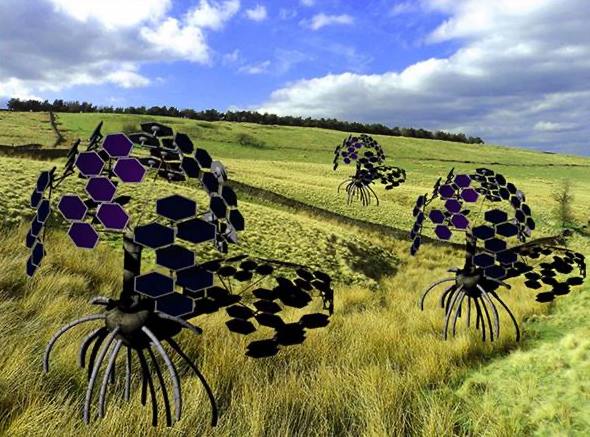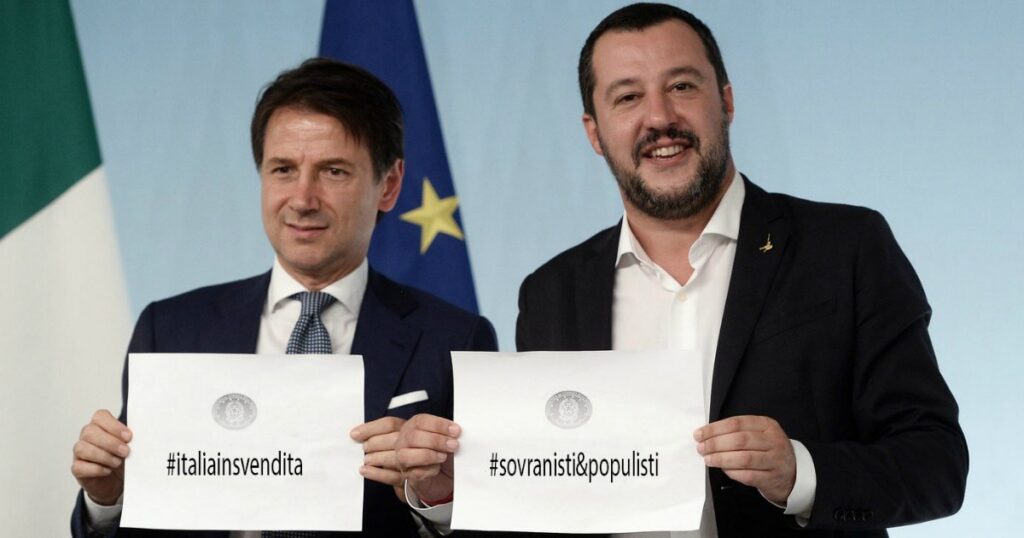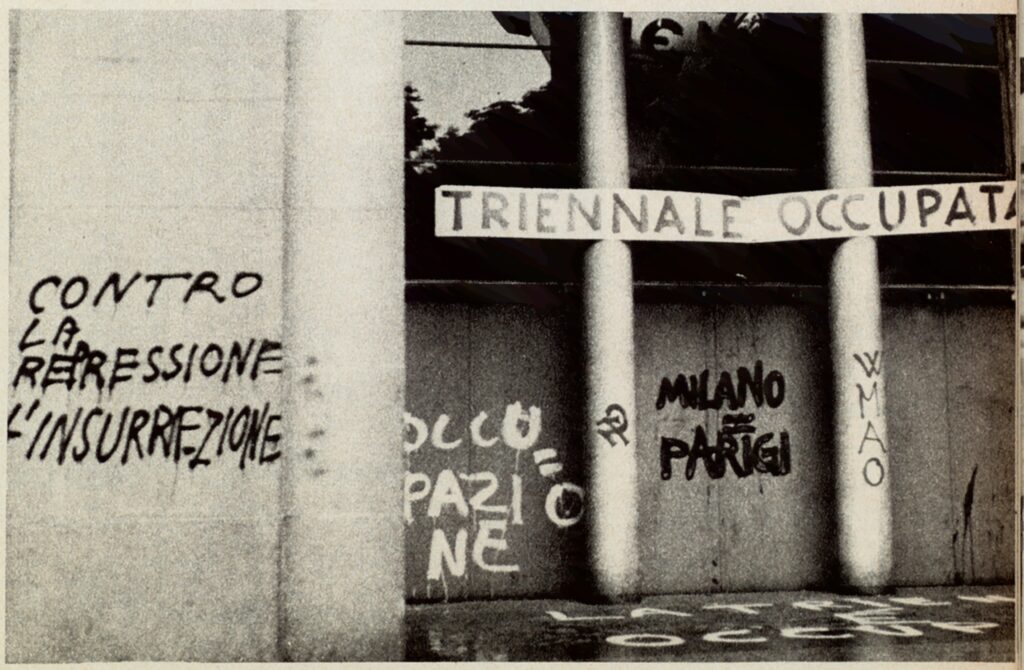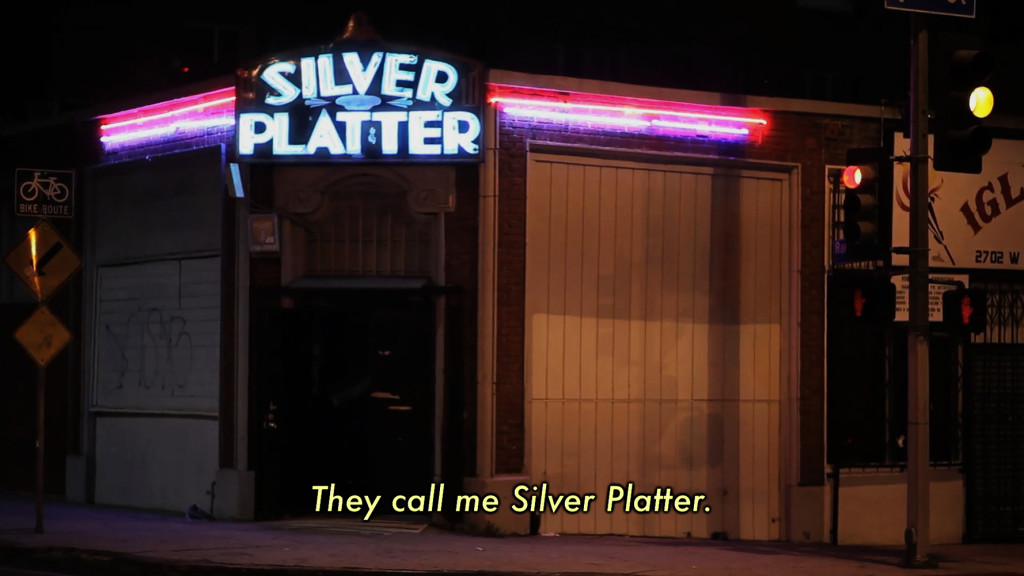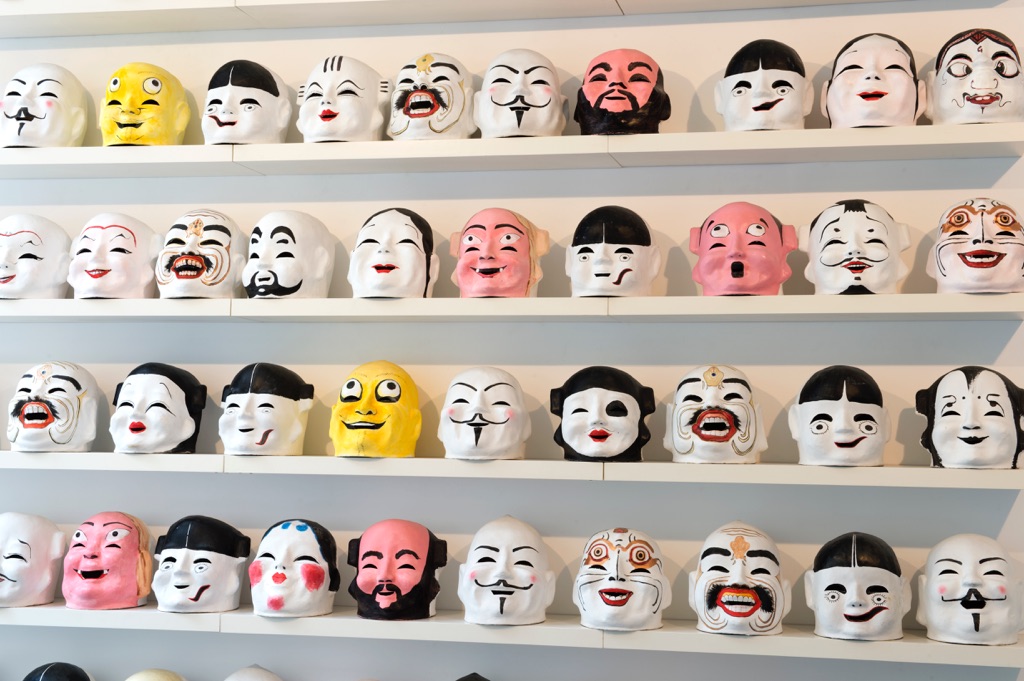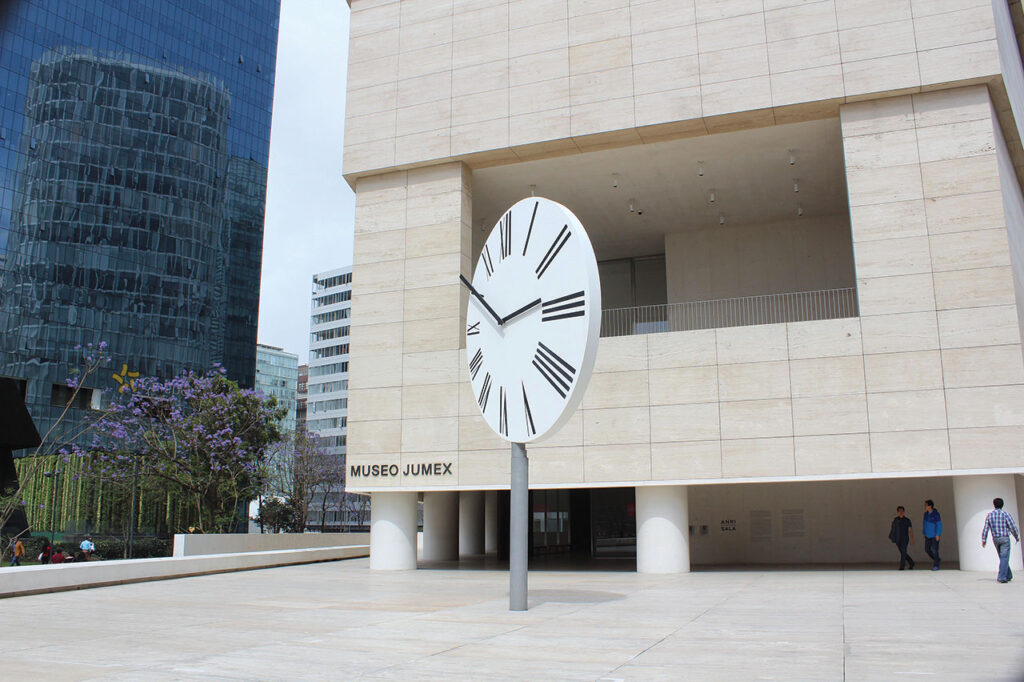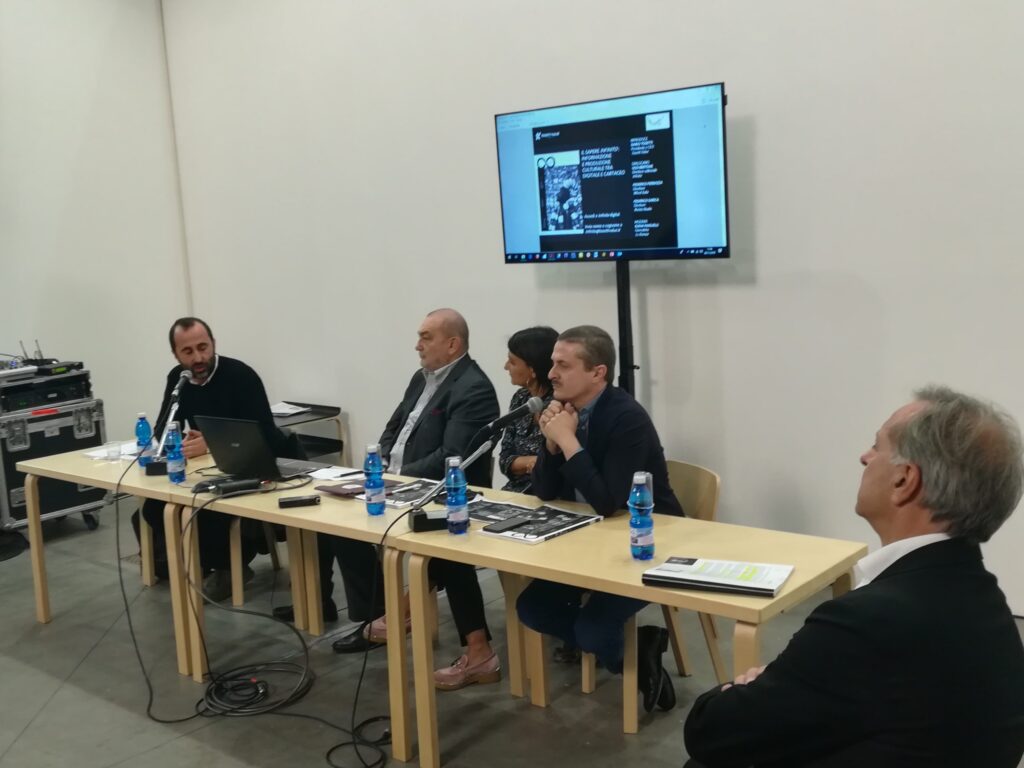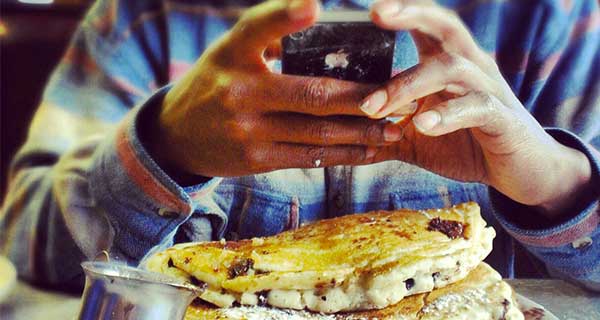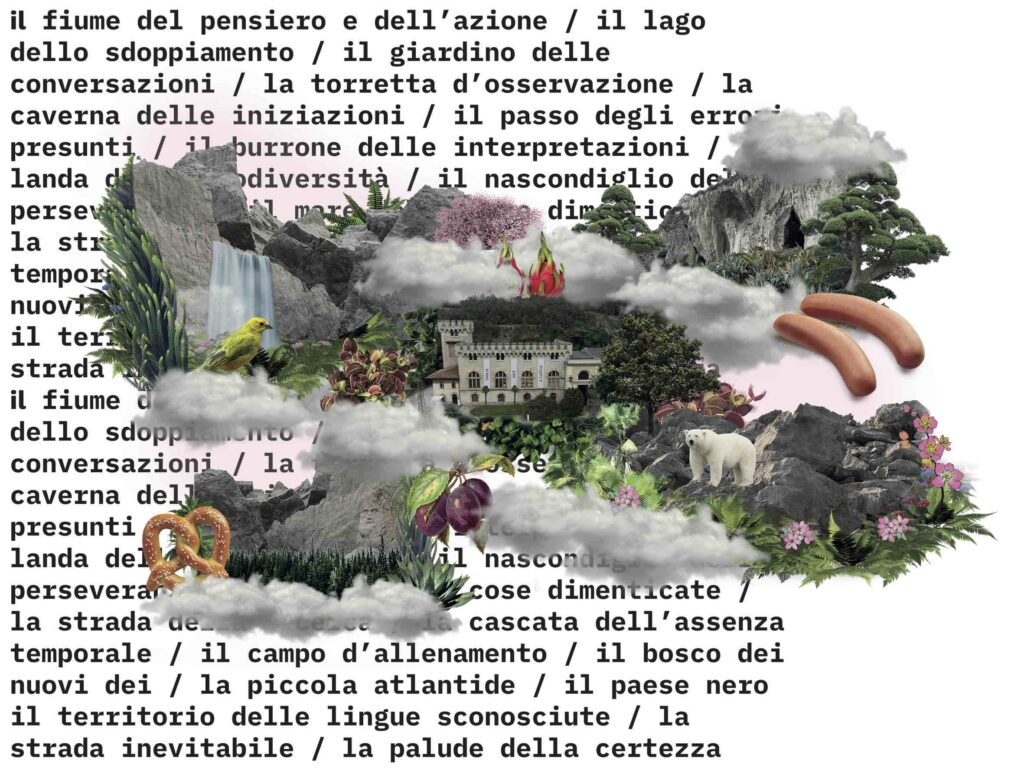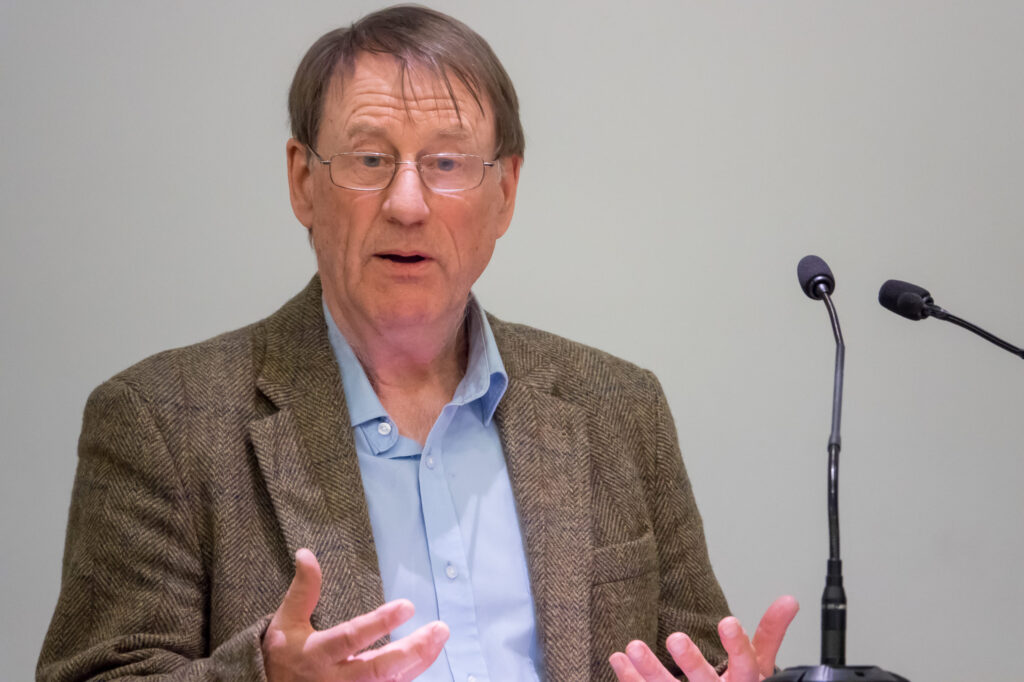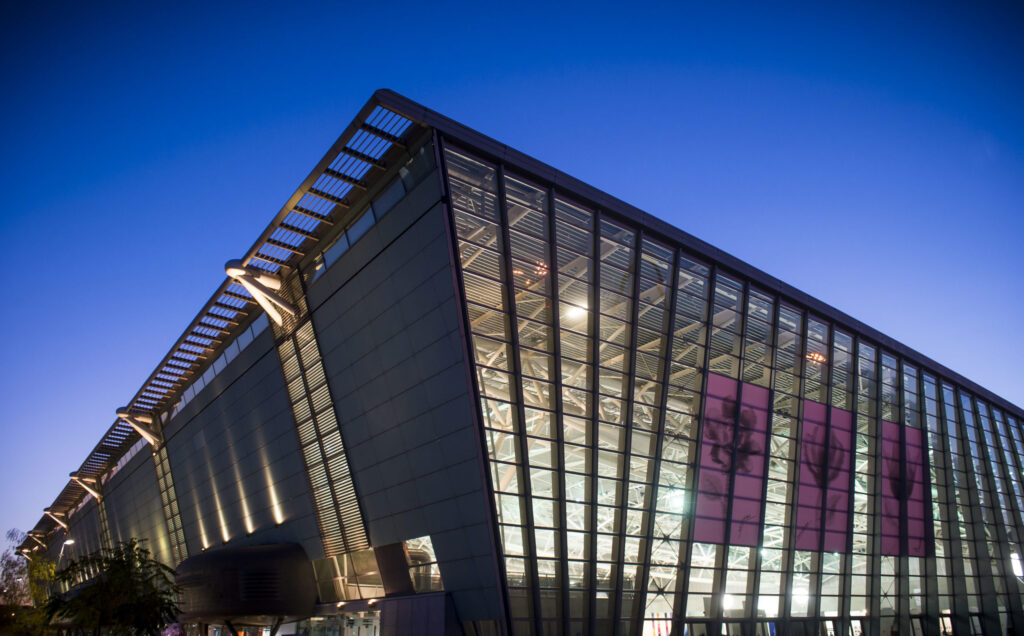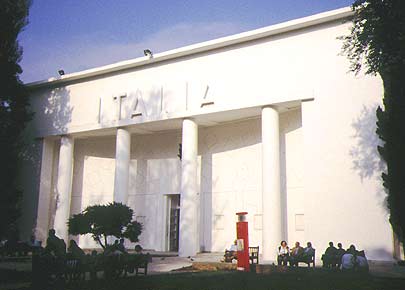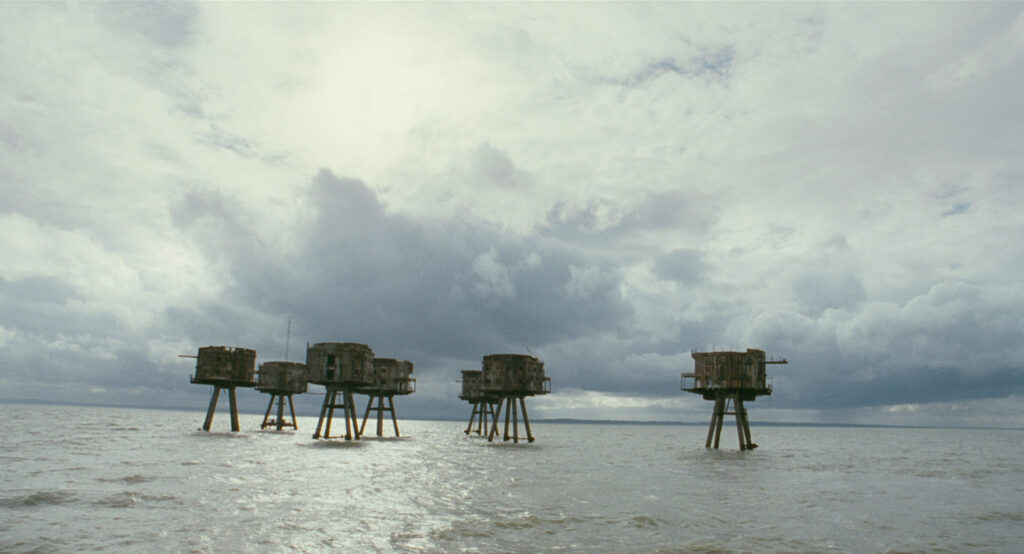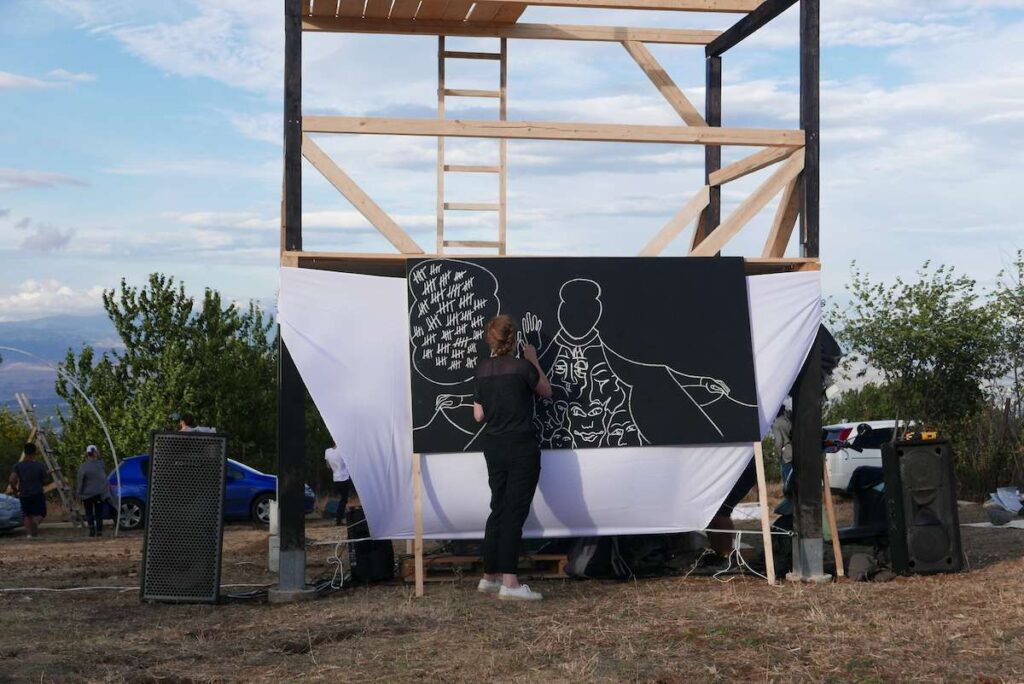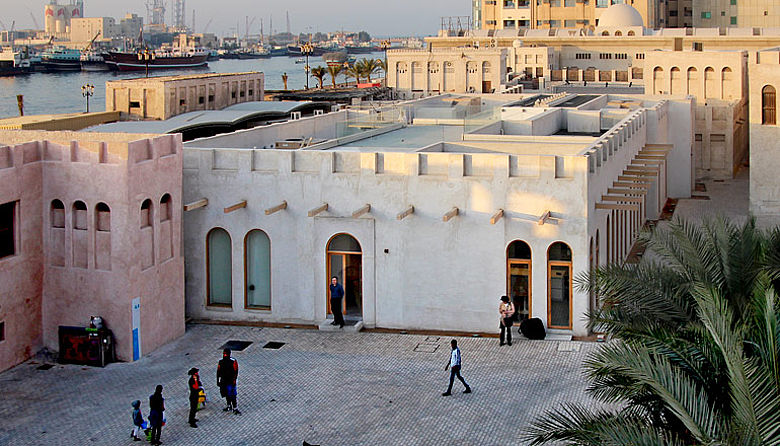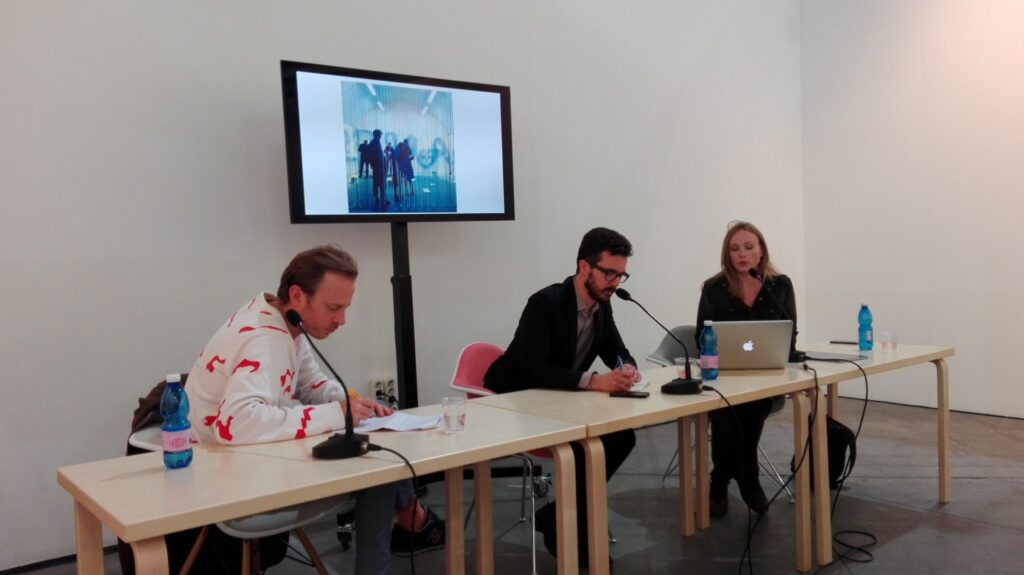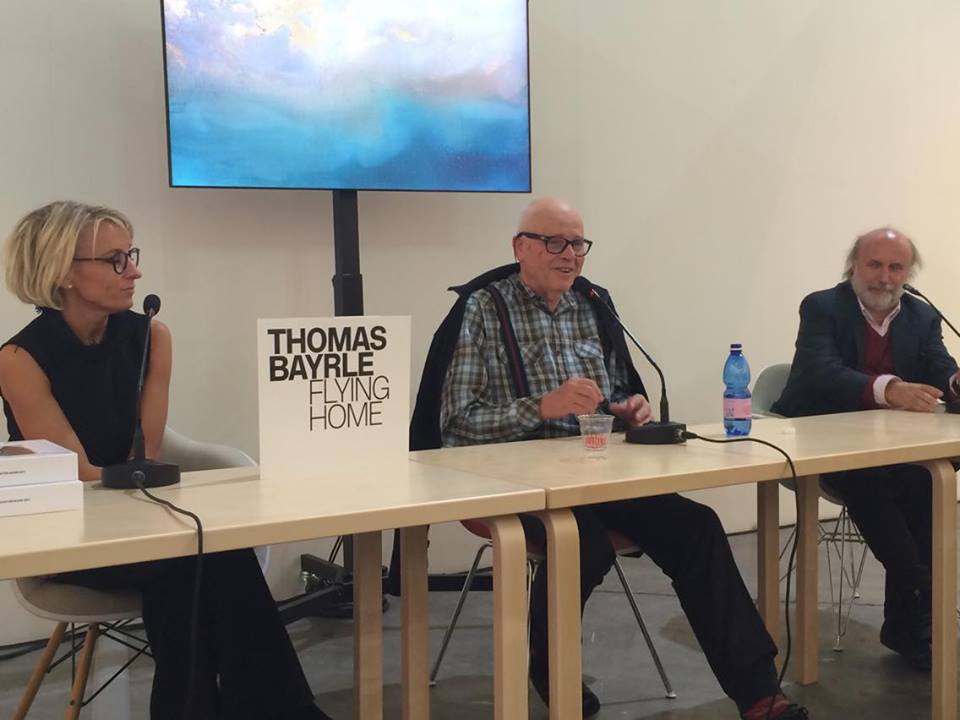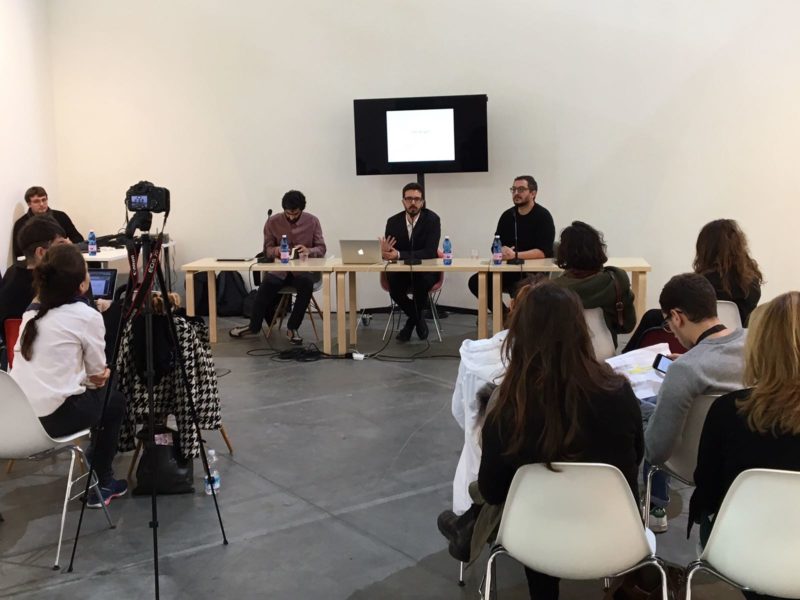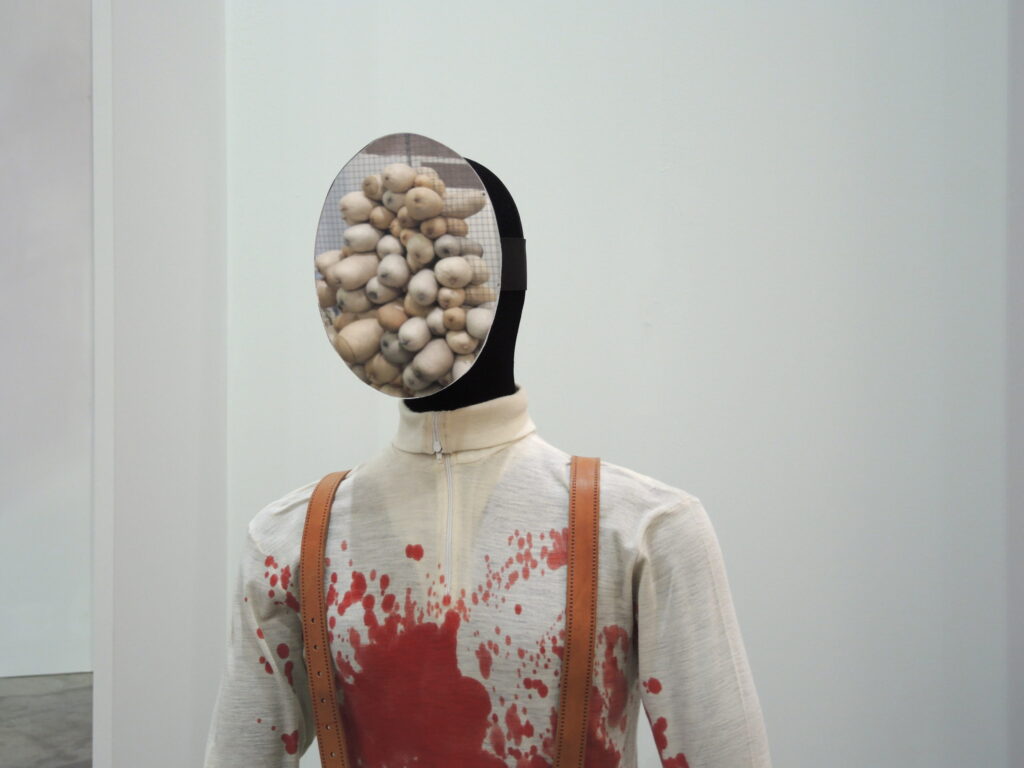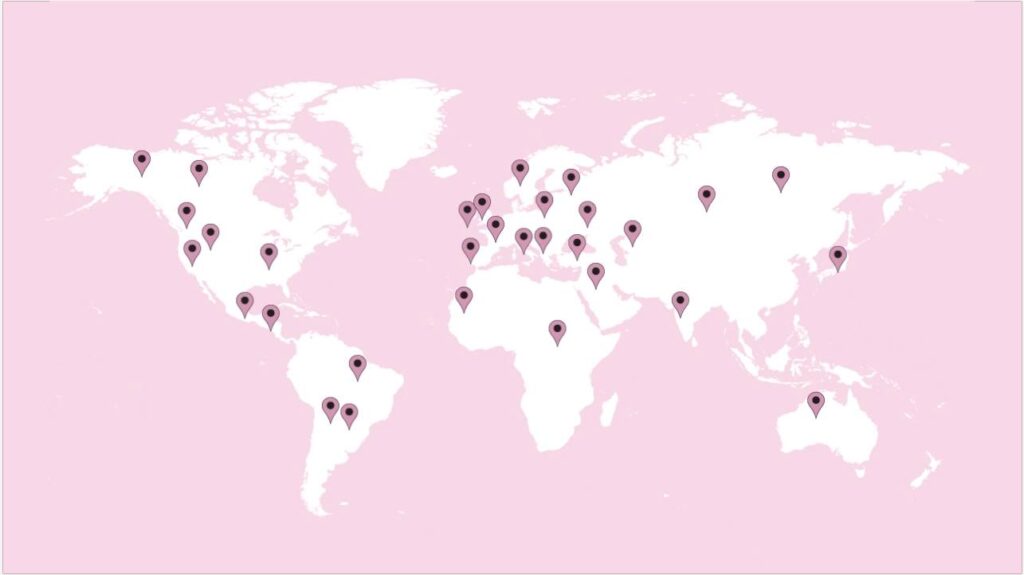 Janet Lilo – Right of Way – installation at Artspace NZ as part of the 5th Auckland Triennial – 2013.
Janet Lilo – Right of Way – installation at Artspace NZ as part of the 5th Auckland Triennial – 2013.
Paris, August 2016
I get out of the metro at Belleville, I find the usual hecticness and racial mix, I look for the exit on the boulevard and on the stairs I glance at Catherine David, with a Cleopatra-like makeup that enhances her dark eyes and contrasts with her white complexion. She is the legendary curator of Documenta X and the pioneer of the dialogue with the Arab world and in these times of burkinis and religious censorship in nonreligious France, Catherine David stands as a symbol of openness to the world, serious yet full of global optimism that takes us back at least three decades.
For work I have travelled a bit, between 2011 and 2014 for instance I lived in New Zealand. Being at the antipodes has enlarged my perspective and that location allowed me to travel more easily to Asia and Australia, but also it made me question the Western and Eurocentric historiography I had always taken for granted. I had the opportunity to be close to experiences of postcolonial cohabitation, like the Maoris, their identity and bond to the soil and nature, or the people coming from the Pacific Islands, that beyond white sanded atolls with crystal blue water, are nations with several social and climatic problems.
In Auckland, I directed Artspace and I was responsible for its curatorial programme. In 2013 it became one of the eight exhibition spaces employed by the Triennial, directed in its fifth iteration by Hou Hanru. Hanru, at the end of the 90s organised with Obrist ‘Cities on the move’, a series of shows with the merit of presenting for the first time the positive aspects of globalisation and to extend the horizon to China and the Asian region. Fifteen years later following socio-economic ups and downs and reversals with global consequences, the positivist idea of a biennale that could place a location ‘on the map’ is not yet exhausted. This typology of exhibition costs an obscene amount of money and should be able to attract both public and private investments as well as many visitors. Often thought the results on the locale, after the big spending, are not really tangible nor long term, yet the reduced funding for the existing art spaces persists for years afterwards, and is especially hard for the small and medium size organisations.
I was thinking about this while travelling on line 2 of the Parisian underground, when I noticed one of the characters from Angelica Mesiti’s video, Citizens’ Band, among the stronger works in the Triennale hosted at Artspace. The camera follows in different cities around the world, including Paris and Sydney, the histories of people that left their countries of origin to try and make it in a rich nation. One of the protagonists with undoubtable musical talent recorded by the Australian artist is the same man I have in front of me, and he is doing the same thing shown in the artwork: he sings on an underground train in exchange for some coins. Live he appears less heroic than what a room-sized projection led me to believe, furthermore I have the impression his vocal chords are worn out by too much use. In any case I give him two euros; to him and his life, that triennial didn’t make any difference.
At the end of the adventure in New Zealand and the expiration of my work visa, I have returned to Italy and am trying to figure out what to do. Maybe I could become ‘the expert of’, but the reality is New Zealand is very far but not really exotic in the way India or Cambodia are to western eyes. Contemporary art pretends to be a well-versed globe trotter but the truth is that if the works don’t have a presence on the axis L.A.-New York- London- Berlin, is a bit like they never existed. They keep asking me why didn’t I move to Asia, why I returned to Europe and its mess. I keep asking myself the same question.
Down under art students that couldn’t yet afford to travel to Europe and America are better informed than I am about the shows and artists of those places. They check more than once a day sites like Contemporary Art Daily, as if it was some kind of virtual Mecca. The trouble comes when they think they really know what happens on the other side of the screen, but all they see is a bi-dimensional projection misleading the viewers that miss the different affect the artworks have when experienced in real life. Moreover an alternative art history of sorts is triggered, the new contemporary art production becomes without canons or with global canons which are of complete homogenisation, where parameters of light, material and interests are the same at all latitudes.
Turkish artist Ahmet Ögüt in his analysis of the latest Berlin biennale (n. 9) organised by DIS, doesn’t abstain from underlining the problems that are amplified instead of being challenged by the show. Art is caught up in the strategies of marketing, branding and all those other -ings that pollute communication as well as social media.
«[…] Maybe one day we will have no choice but to end biennials as well, in order to prevent their total capture by commerce and the corporate aesthetics of self-branding, digital nihilism, individualism, superhighway populism, cyber-utopianism as marketing gimmick, absolute alienation, transhumanism, loops of consumption, hyperconfiguration, privatization, product placement, hyperlinking, artificiality, selfish youthfulness, fetishized novelty, and the institutionalization of neoliberal and colonial agendas that cannot distinguish sponsorship from ownership».11A. Öğüt, Obscure Sorrows: Thoughts around the 9th Berlin Biennale, «e-flux», #75, Sept. 2016.
Formalism that is pushed to the maximum shows the void rather than provide any release, reinstates western, colonial and class prejudices and looks at the iPhone 7 rather than at the real world that surrounds us. The specificity of a placenon place like Berlin, a exploited city that speaks only English in the art world, is forgotten as if it were a virtual green screen, itself a dematerialised scenography.
British art critic Dan Fox writes in his first impressions after having visited the most recent Sao Paolo biennial titled Incerteza viva: «[…] Biennials drenched in the terminology of ‘subversion’, ‘interrogation’, ‘revolution’, ‘boundary breaking’ and ‘rebellion’ but with none of the realpolitik, just look like play-acting when things start to actually get real – when you really can be beaten up for subversion or interrogated and thrown in jail because of your work».22D. Fox, 32nd Bienal de São Paulo, «Frieze.com», 6 Sept. 2016.
Although Fox seems to appreciate the understated tone employed by the exhibition, shows the systemic setback at the heart of the art world and its supposed sphere of influence. When we read and listen of terrible news that arrive from various parts of the globe, as well as from home, through words art professionals are on the forefront of denouncing the iniquities. Yet capitalist and neoliberal agendas dictate decisions in the arts, as it already happens in all other sectors. We settle for an exhibition-compromise, a non ethical sponsor, an exchange of favours in the shielded enclosure of contemporary culture. The price of globalisation erases real characteristics, peculiar and distinctive of a place. Such flattening allows to give the same value, and I am not only talking of money here, but also of social and cultural impact, to the same artistic operation based in Taipei or San Francisco, Stockholm or Johannesburg.
Globalization requires mobility: at a biopolitical level, in the ninties, the myth of the curator with a suitcase was created. He would be at ease in airport and on journeys getting longer and longer, see Obrist, the epitome of this syndrome. I don’t have nothing against mobility per se, it certainly offers and enrichment and widening of horizons but not if it employs a touristic or worse colonial mindset; I go, I have little time, someone decides for me what to see and do, I come home with that filter, the same I left with, to use the information gathered. Very different is the approach that favours staying in a place, discover it and think of its strengths and needs, instead of immediately projecting them to an elsewhere. Certainly this way requires more time but does generate consequences that are beneficial and longer term for the area.
On one side there are people who try to find solutions to the visas’ jungle, a paper document that holds back a world of virtual exchanges of goods and people. On the other side, nations, at a loss with how to deal with the current state of things, try to reinstate their frontiers with walls and restrictions to circulation and access, trying to put a cap to migratory fluxes. When I was at university the word rhizomatic was quite popular: it would visualise more thought processes than national roots. Then came the ‘rhizome’, more linked to a web connection and the development of technological systems. Thinking of the current TV and cinema imaginary, the North American series Mr Robot portrays the social and financial disintegration we are witnessing, where the rich get richer and the poor poorer. The episodes, which are shot in a way which favours a decentralised perspective and the camera resting at a different height than the characters, follow movements of money and monopolies of power. The fields of evil and good are too interlinked to be taken apart, the attempt of a group of hackers to subvert the ruling order and denounce the crimes the state validates, become blurred in Elliot’s illusions and visions, the show protagonist with bug eyes.
I recently watched again Léon, a 1994 film by Luc Besson, in which, after her family is slaughtered for drug related affairs, the girl played by Natalie Portman is trained and looked after by an Italian mob’s hitman in NYC. Léon’s best friend is a potted plant: he looks after it with care and his days are structured around watering it, putting the vase outside the window in the morning or bringing it inside at night. The plant is the only property that follows them in their changes of address and represents the only emotional anchor to a profession that requires a nomadic life. At the end of the movie, the girl, on her own now, is re-admitted to school, she goes to the lawn in front of the school building and digs a hole for the plant’s roots. The camera shoots from the ground up to the sky. The end.
